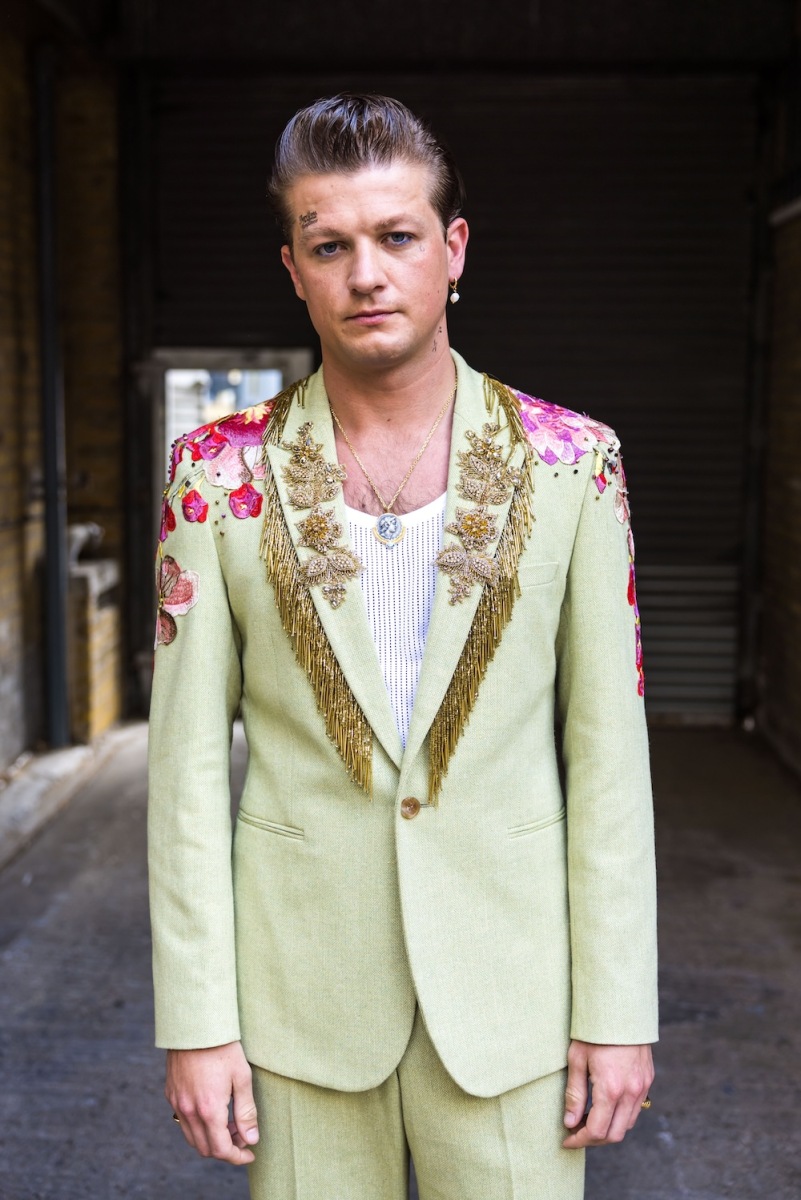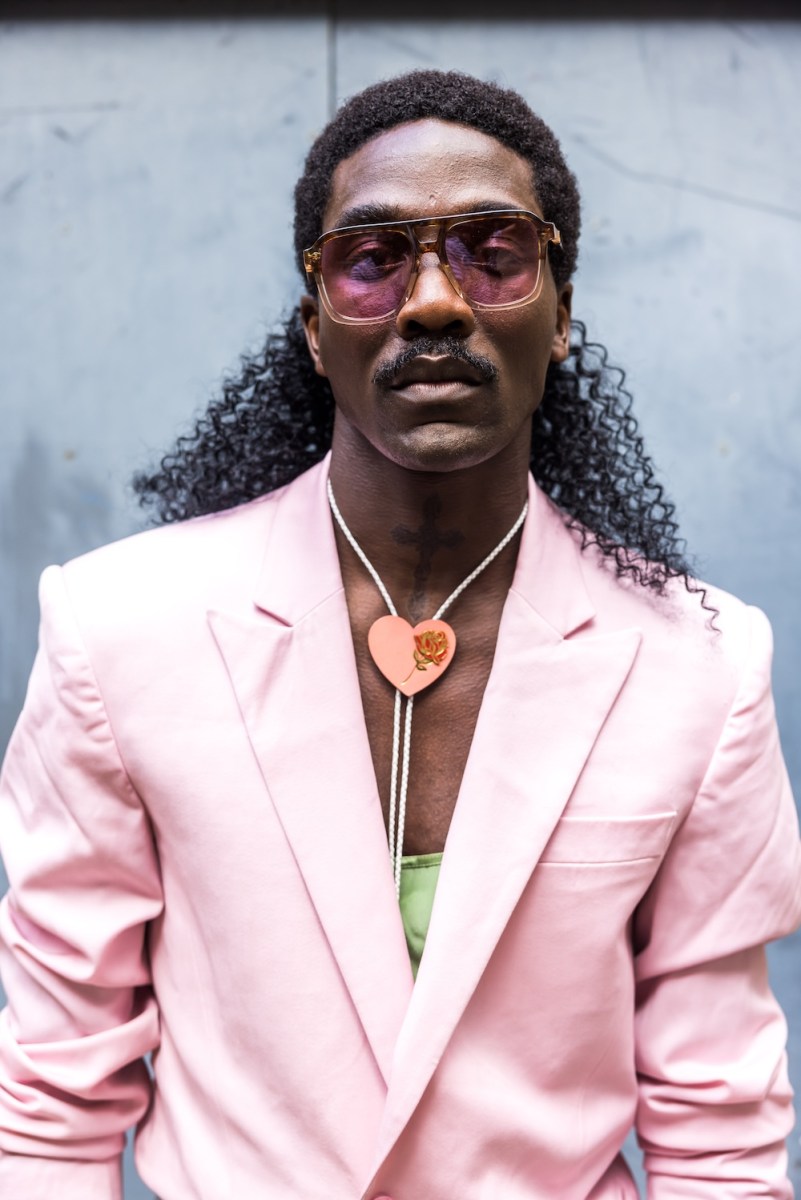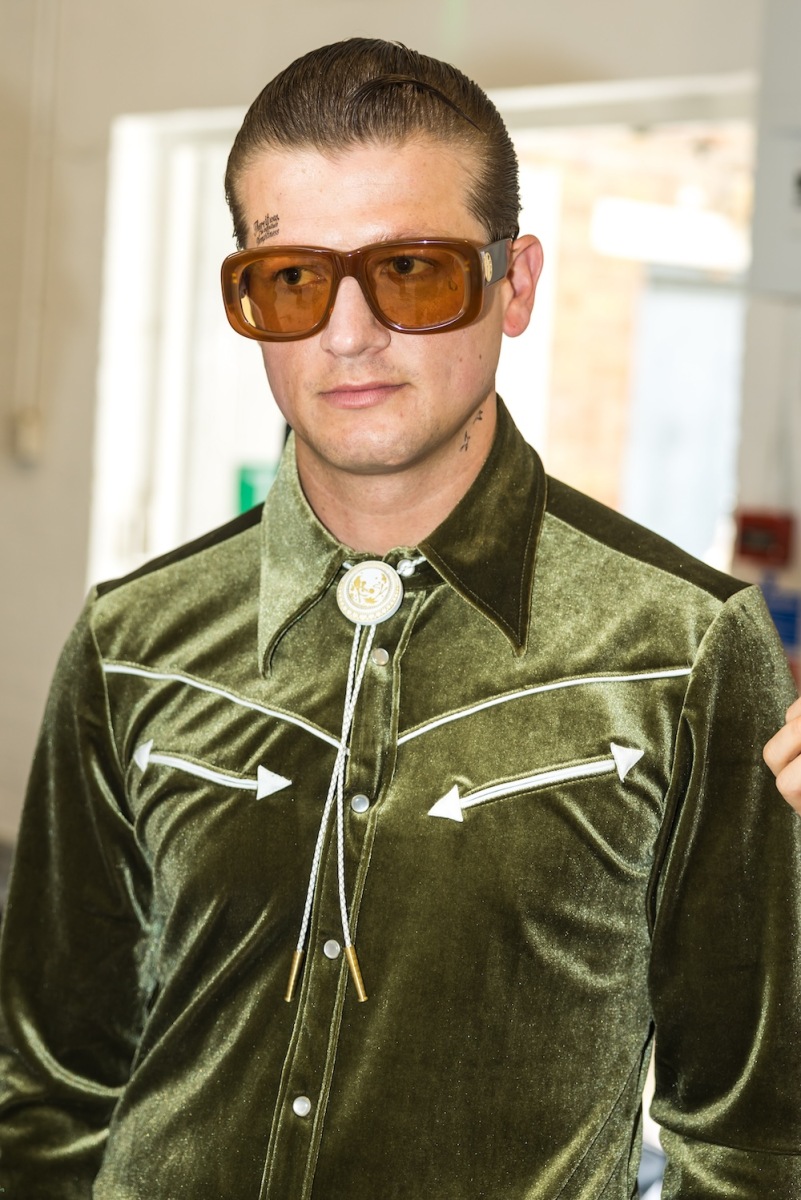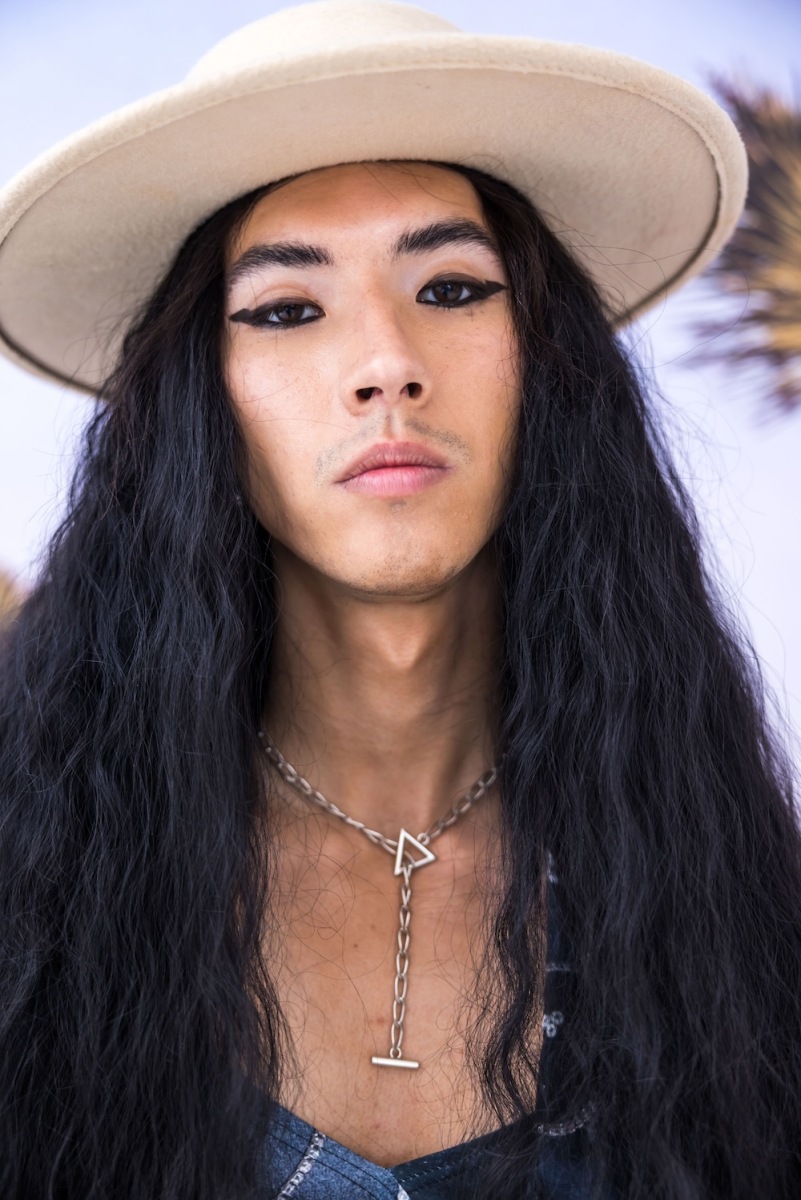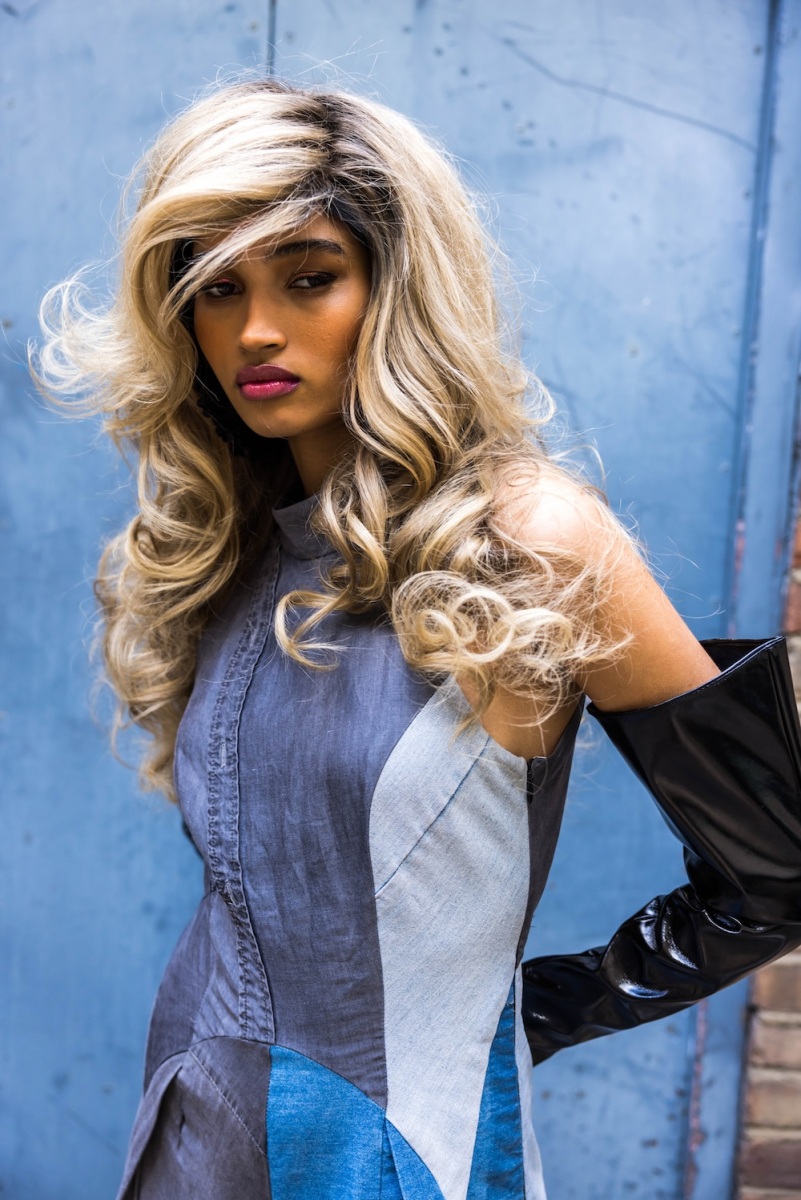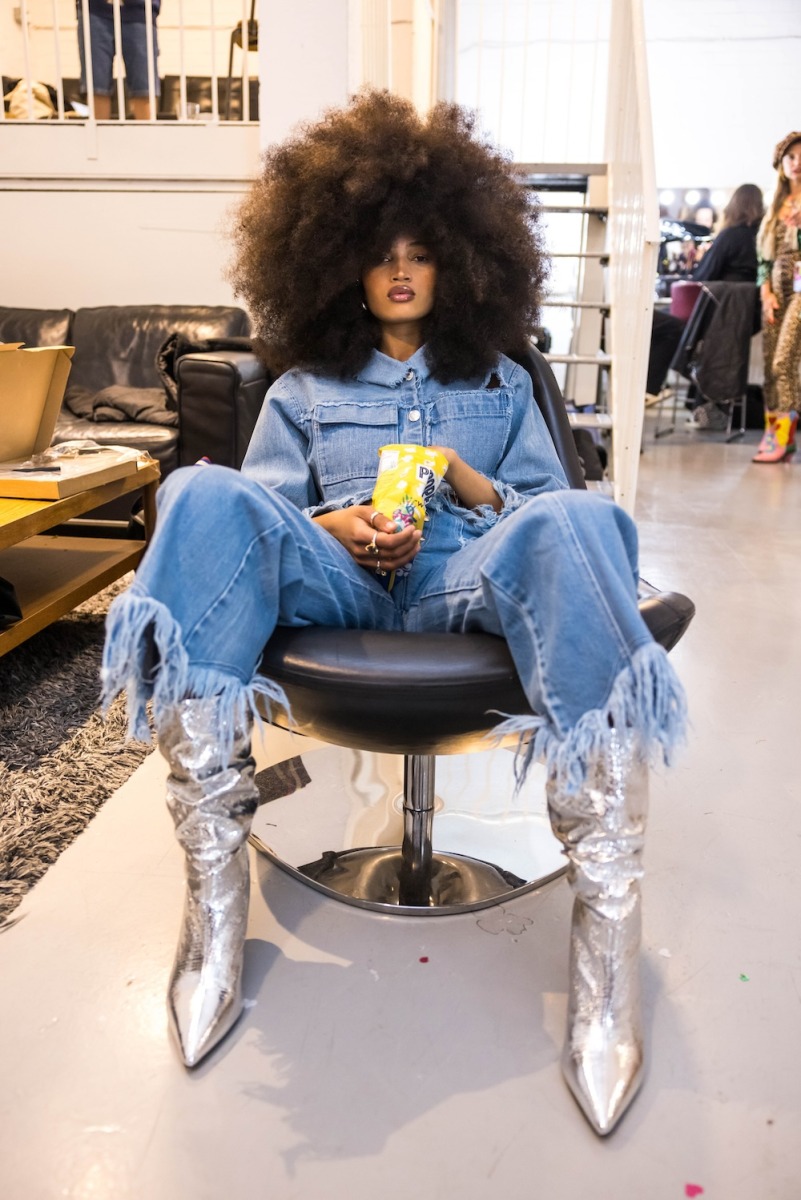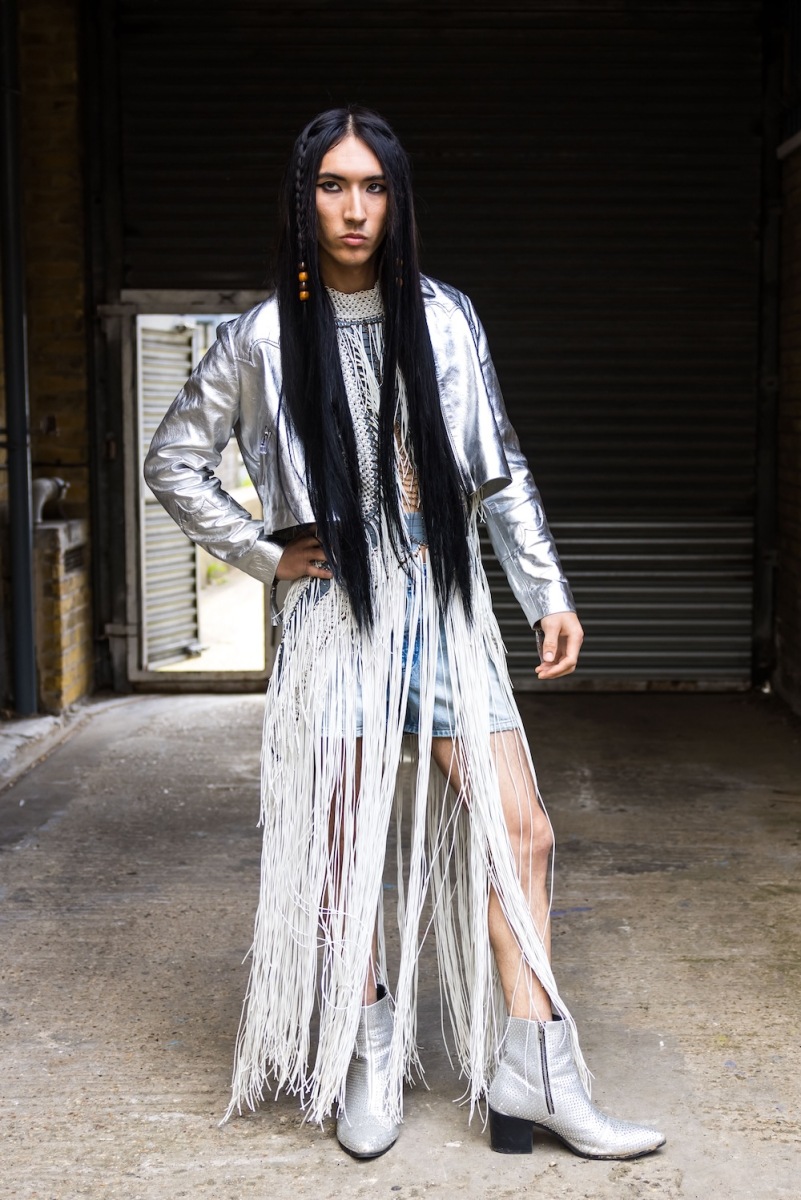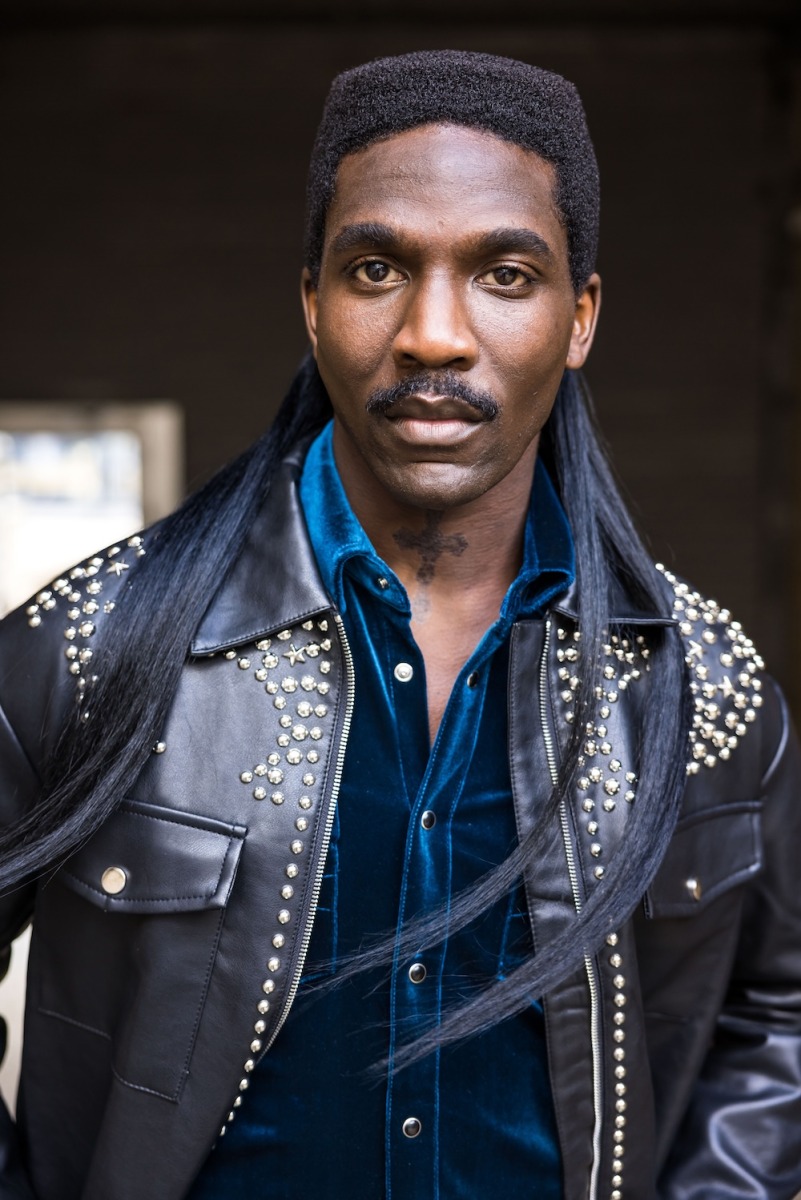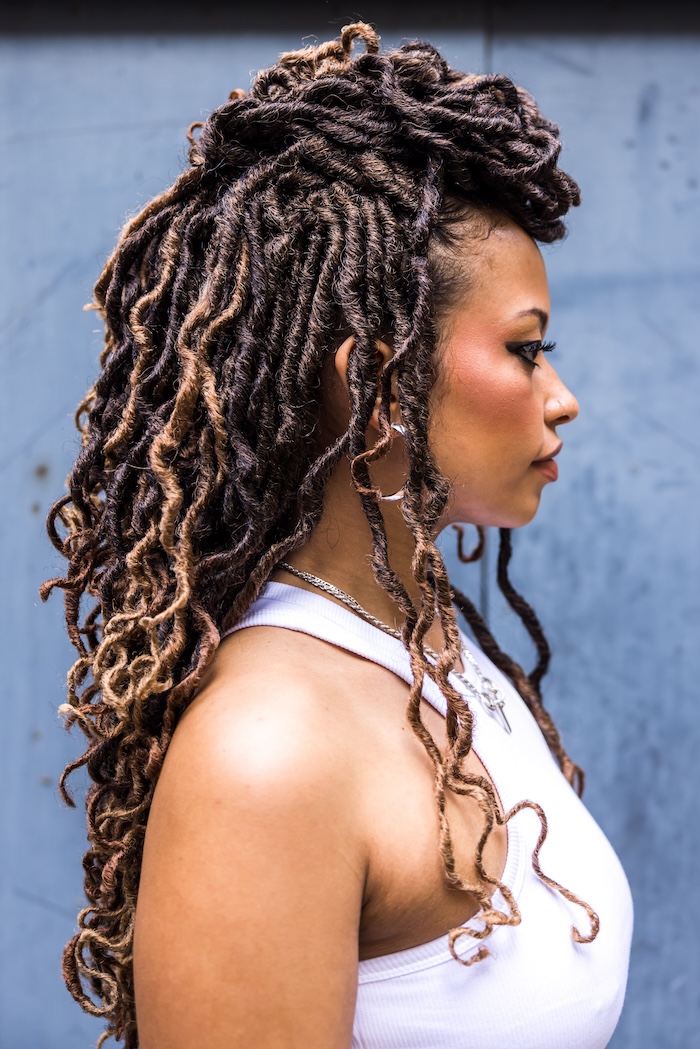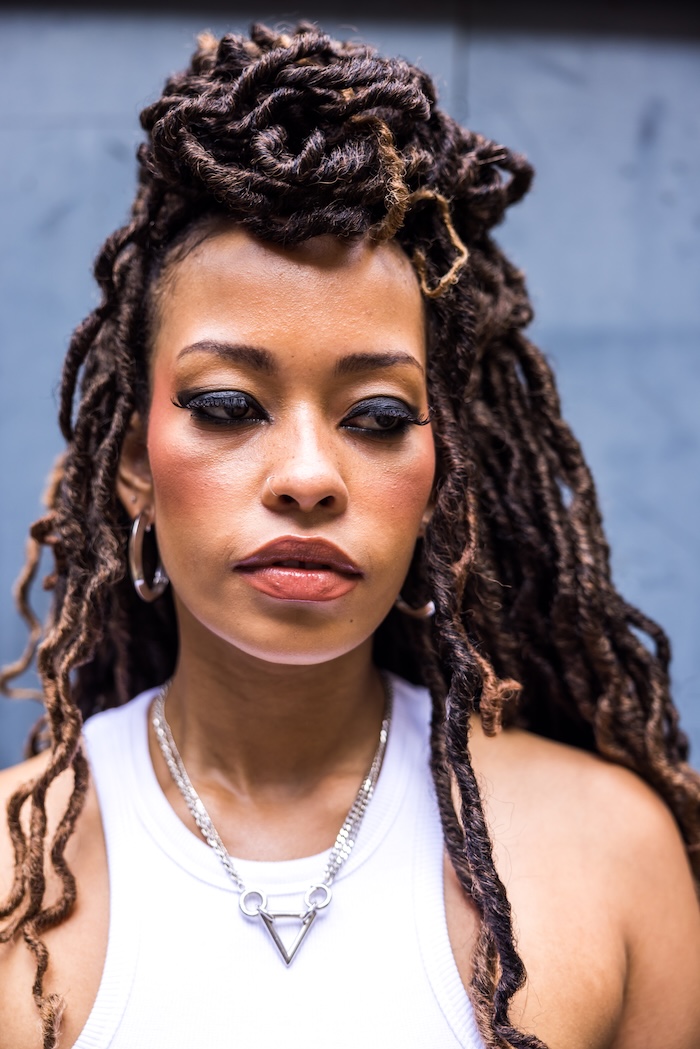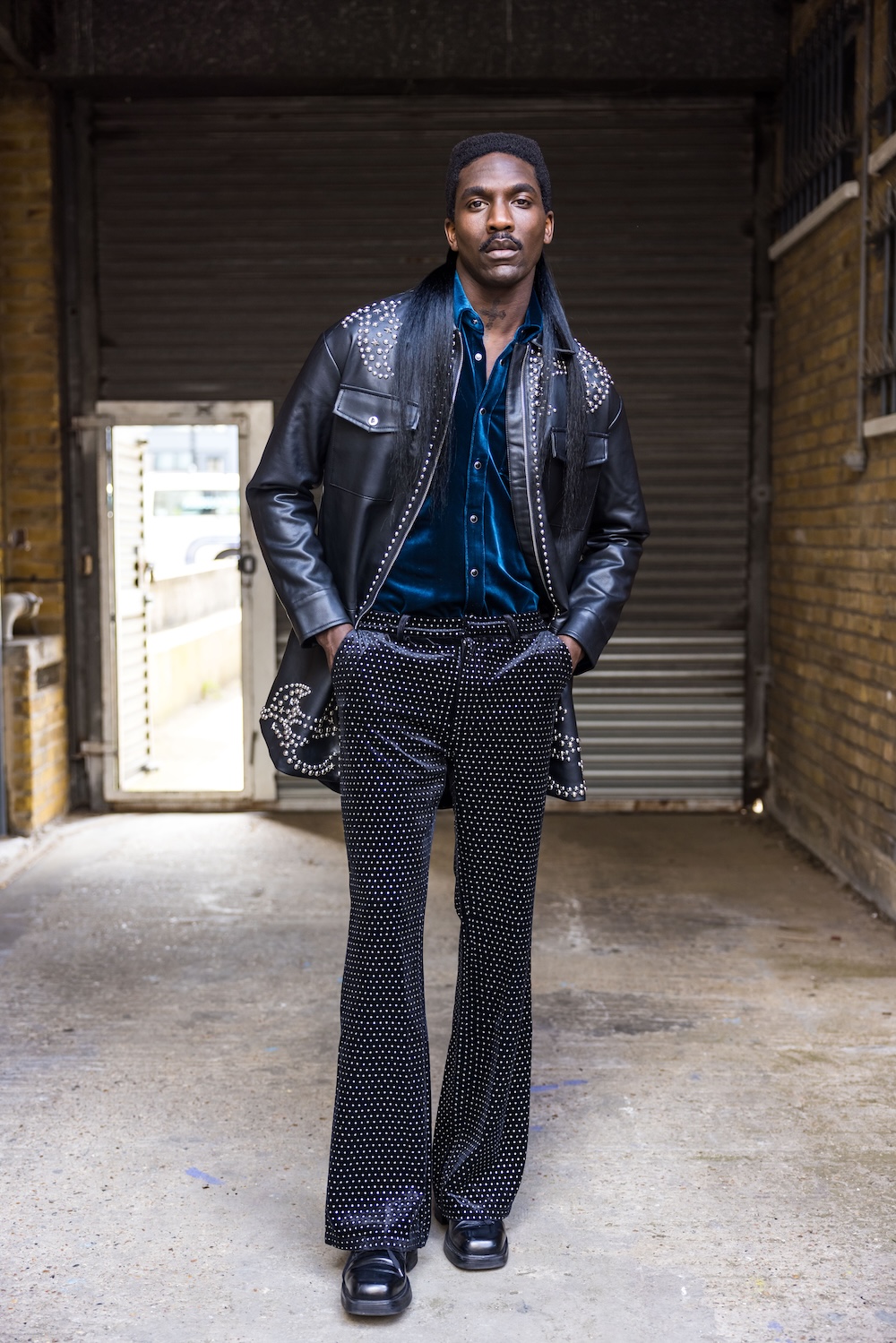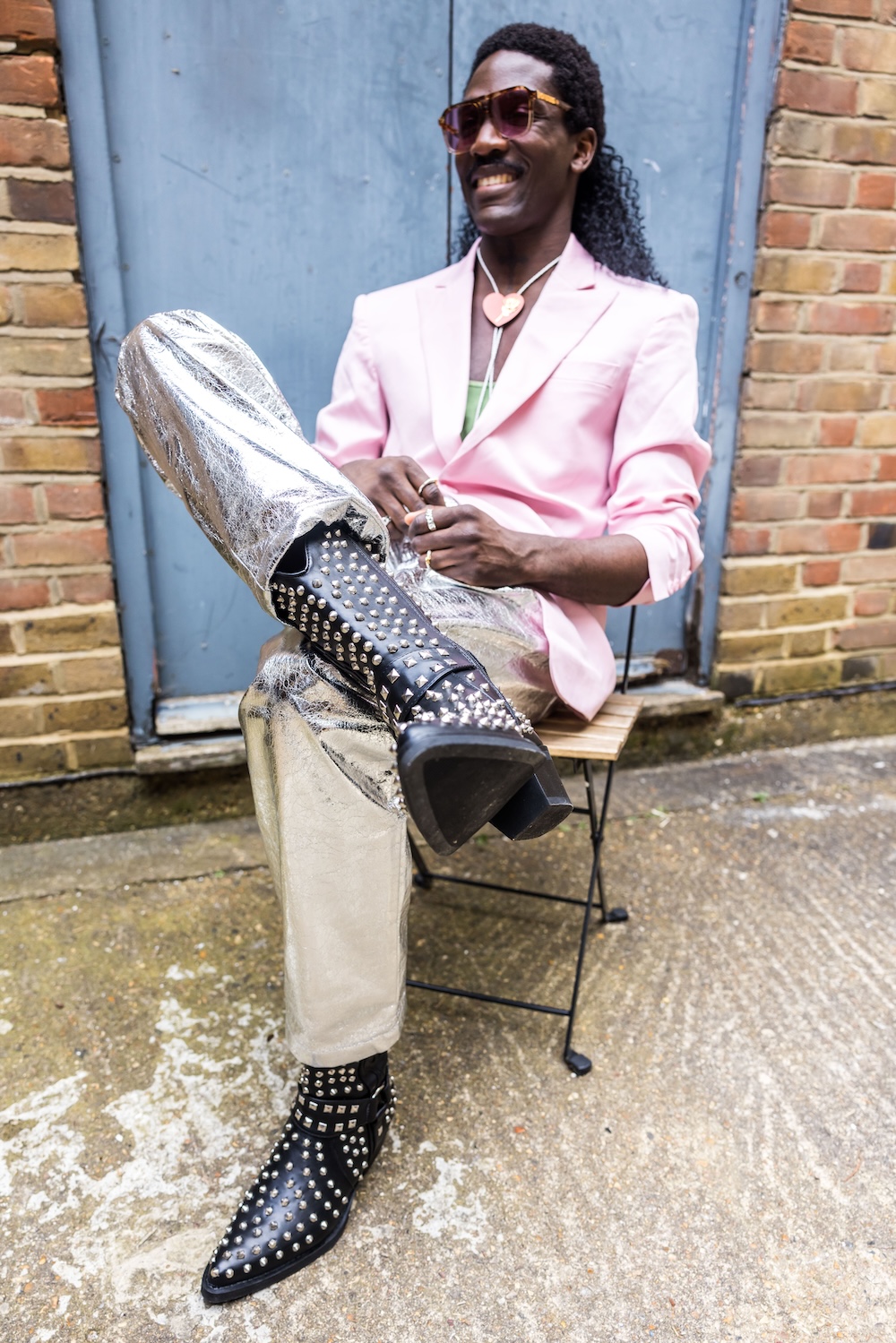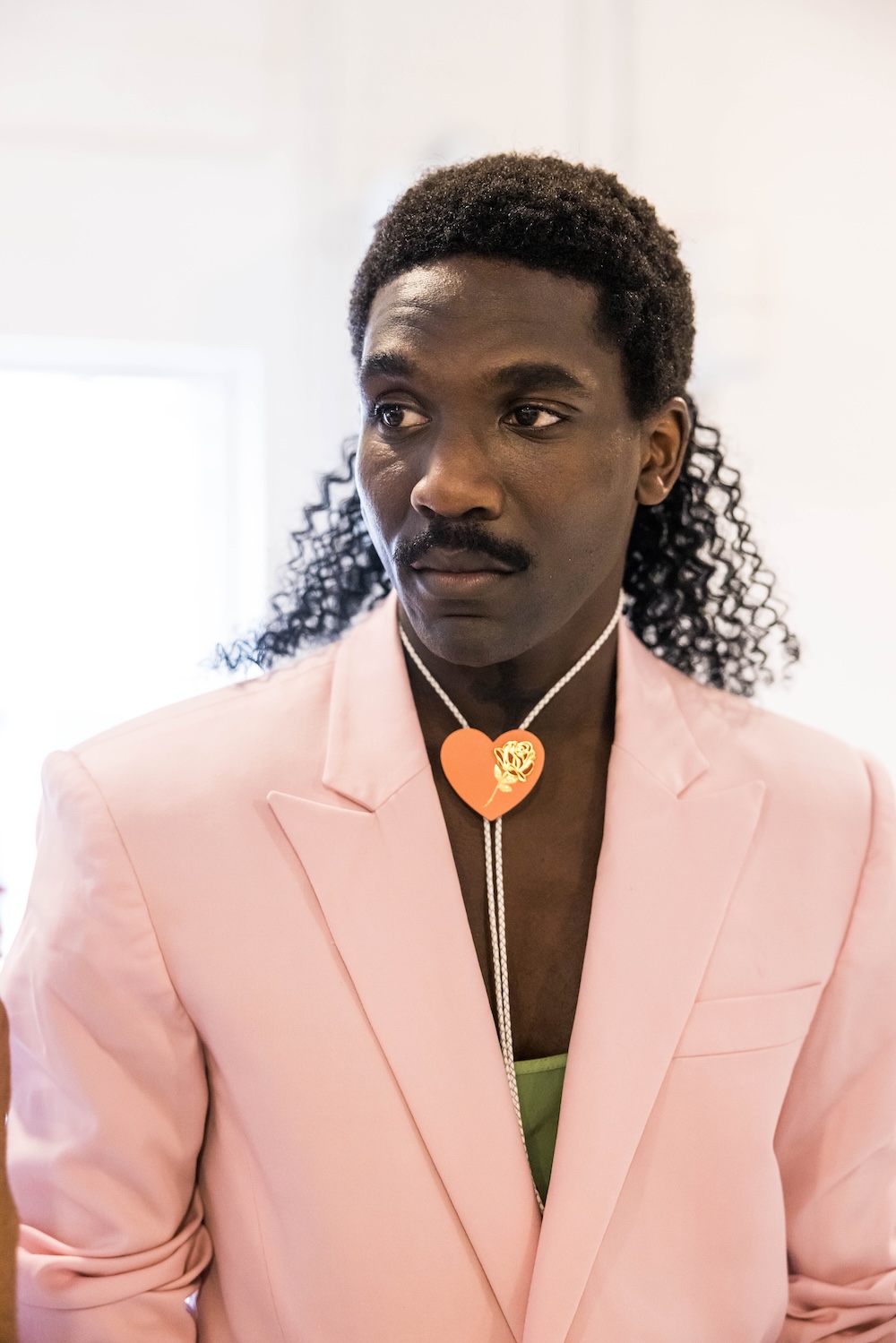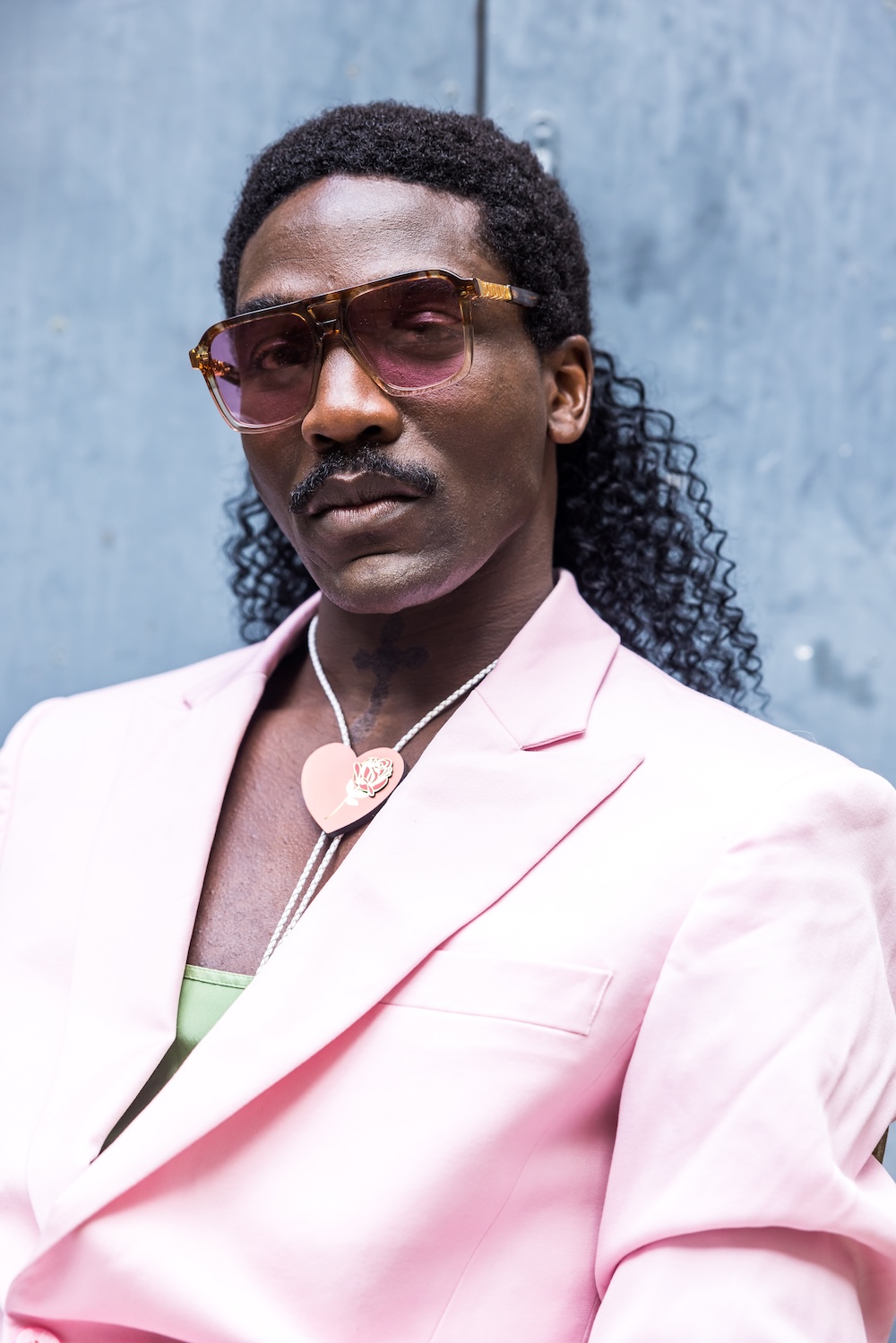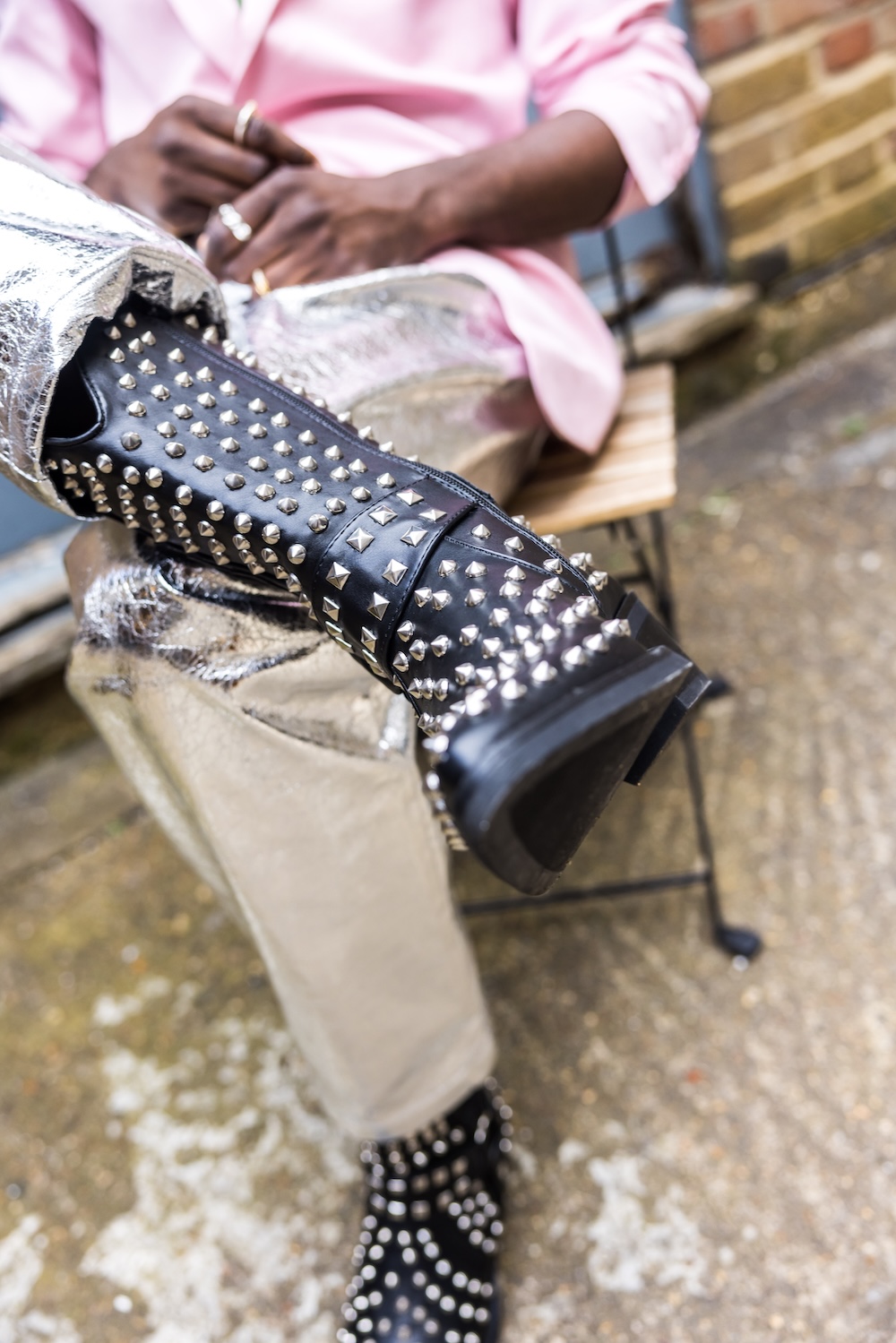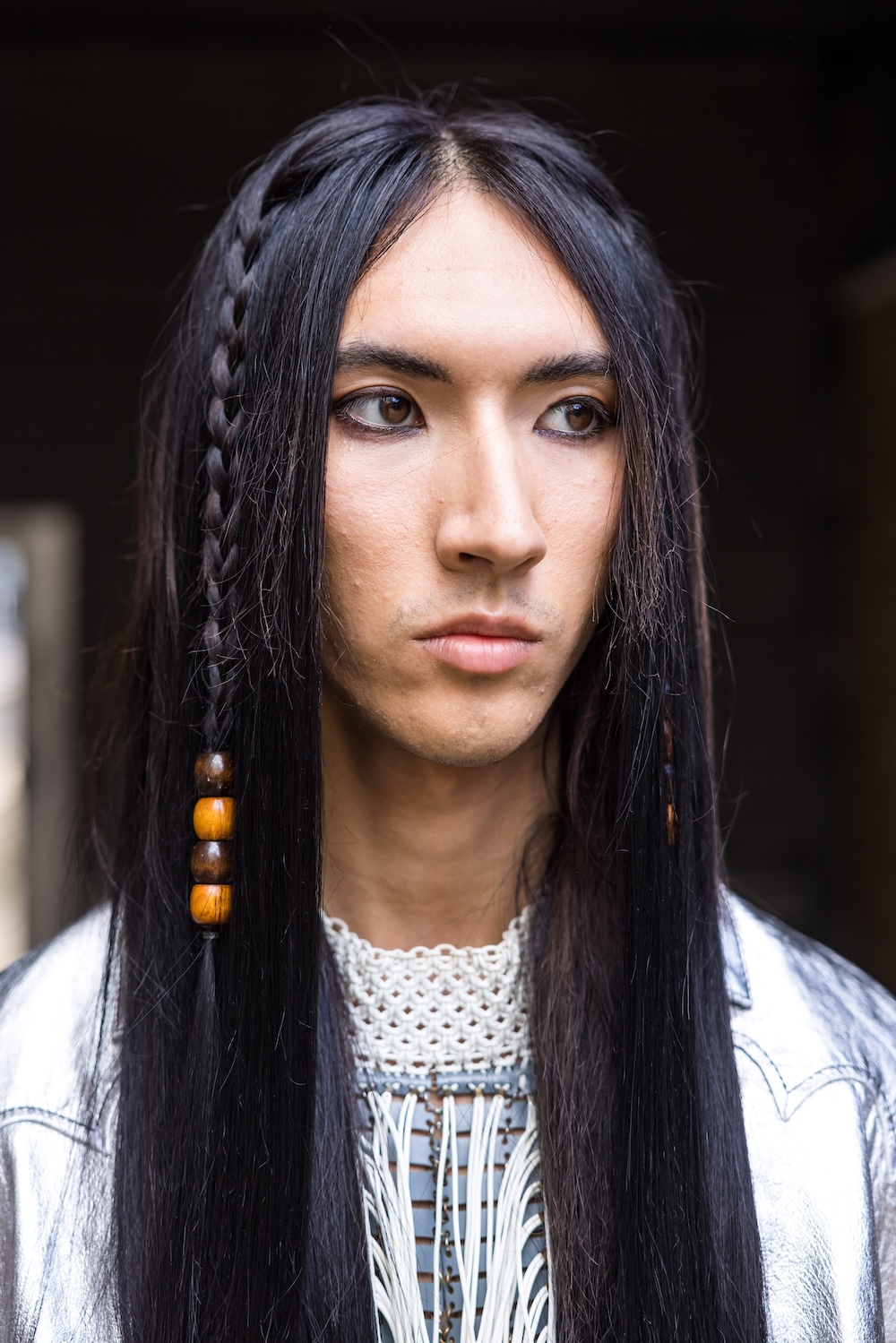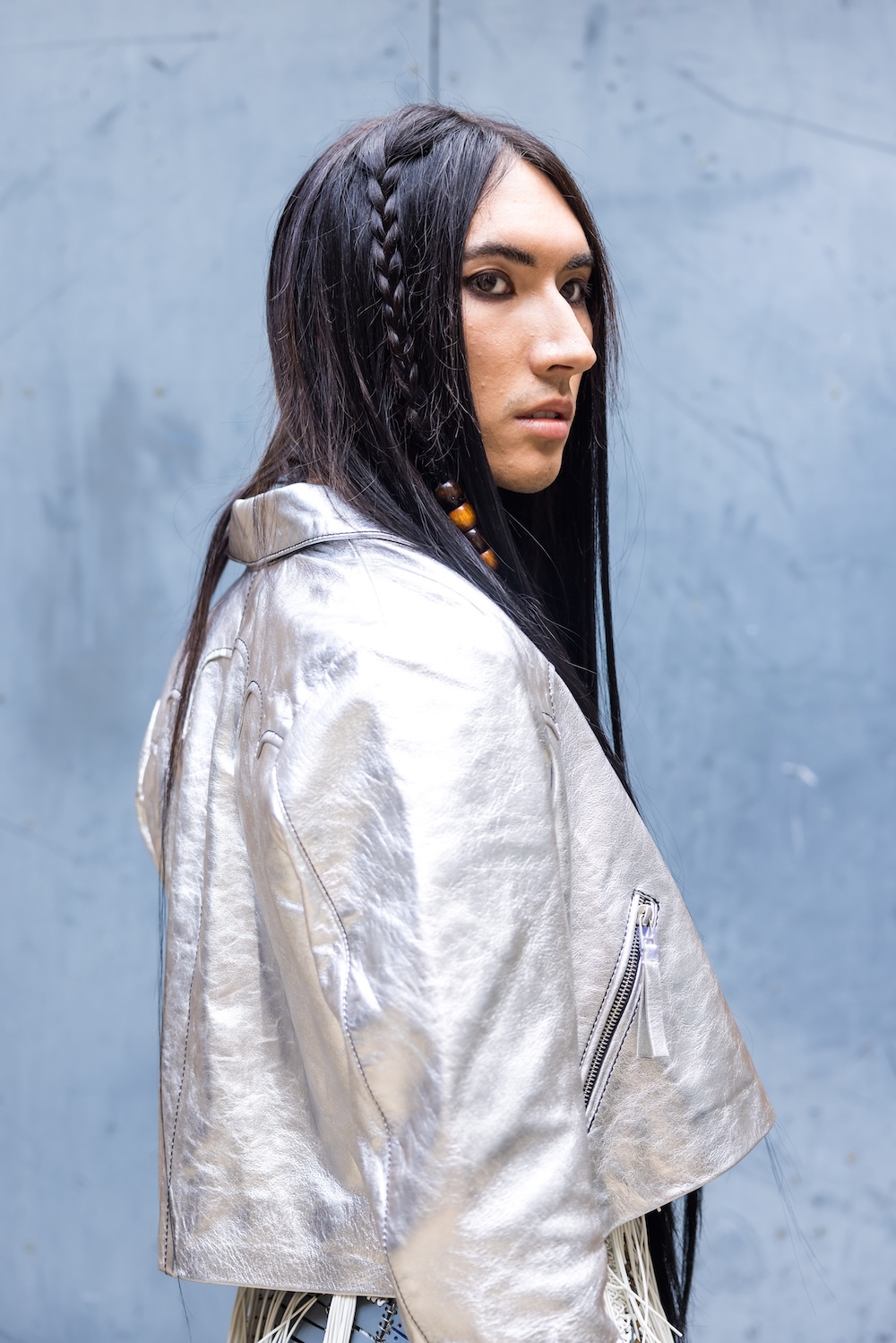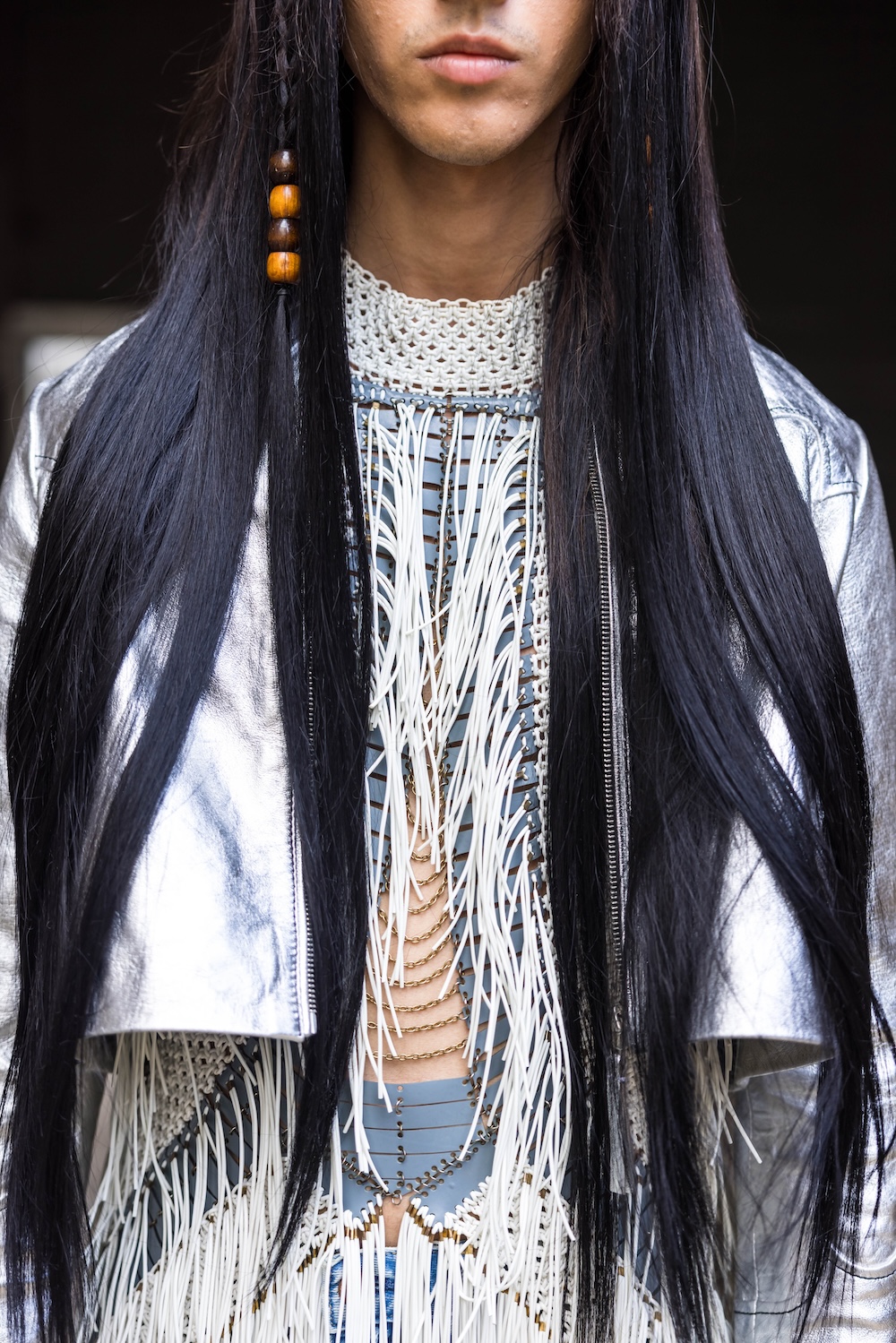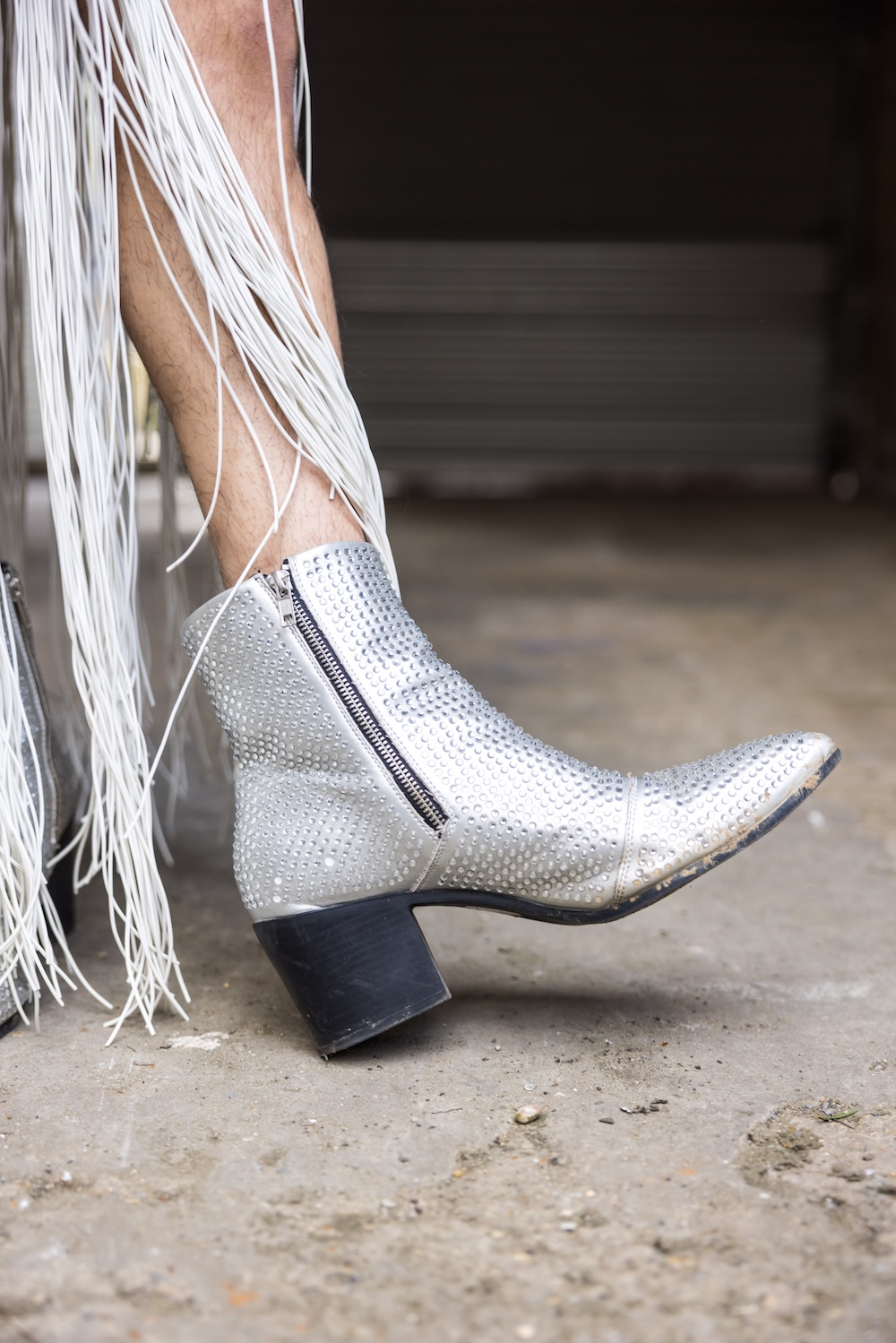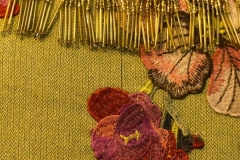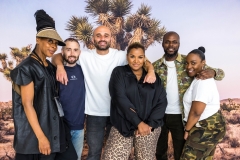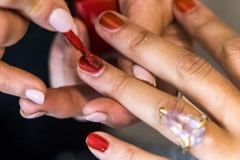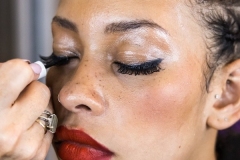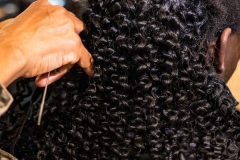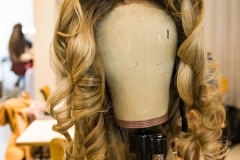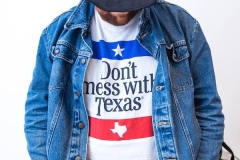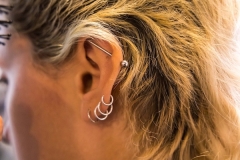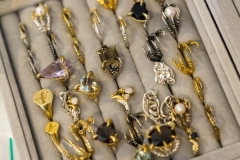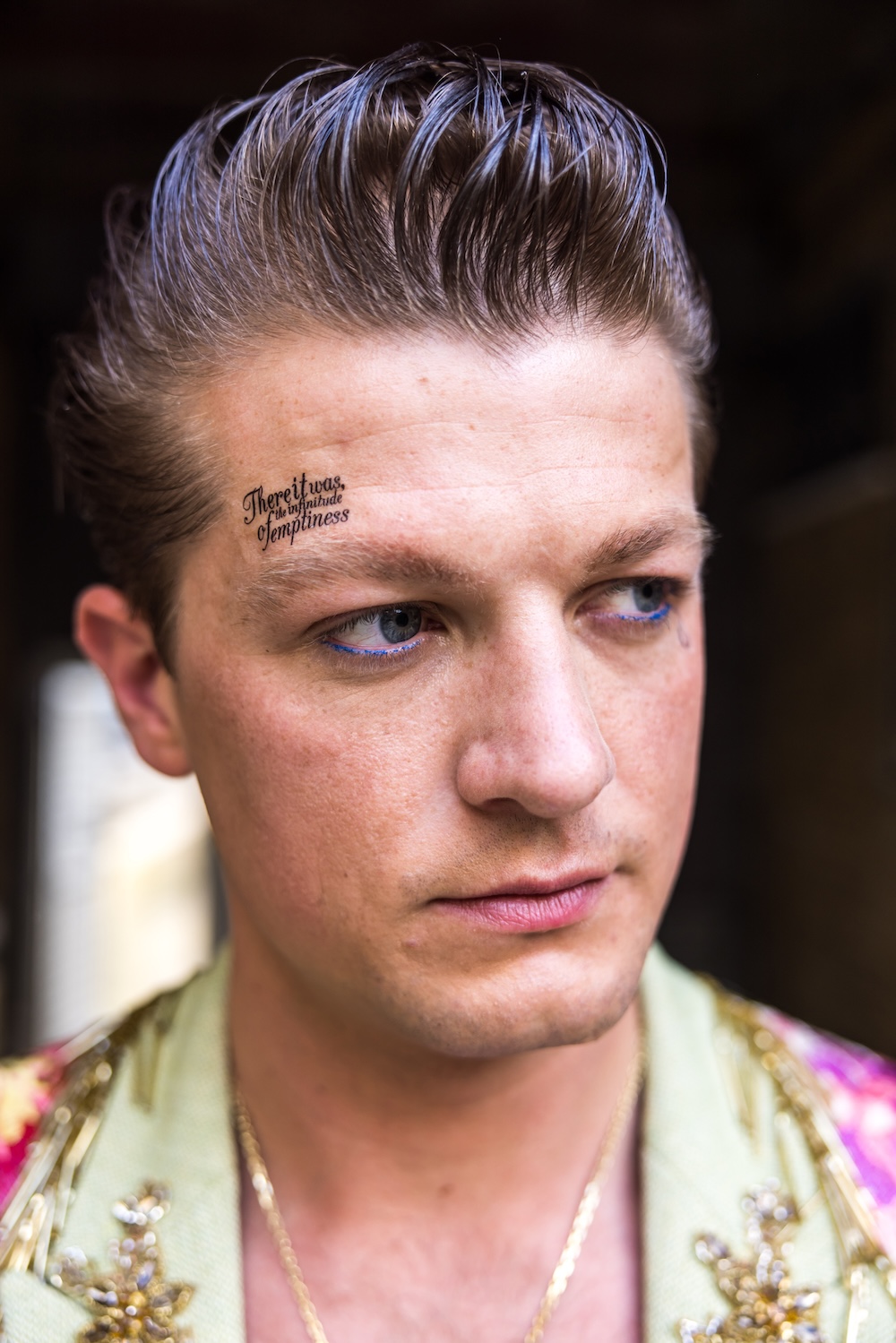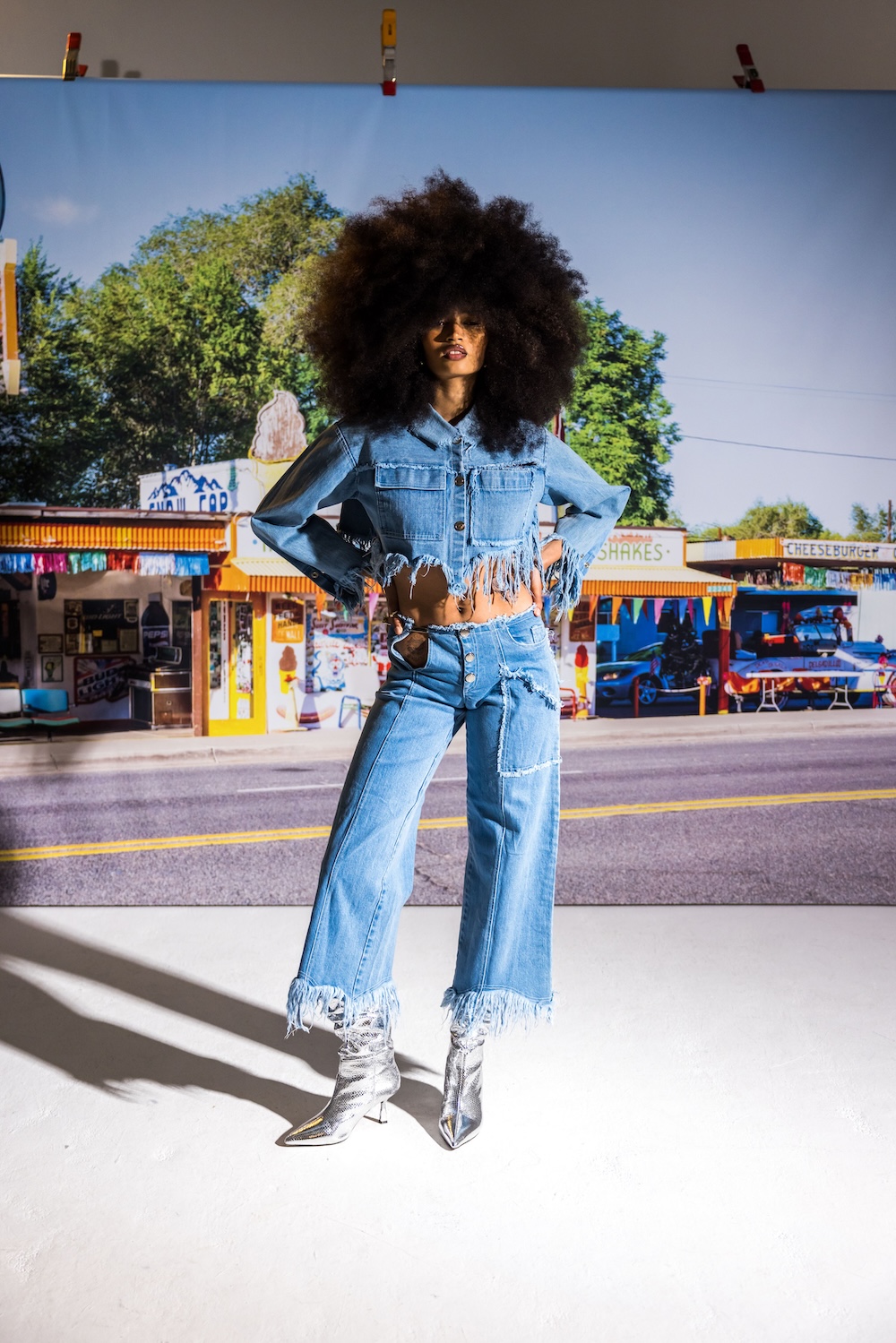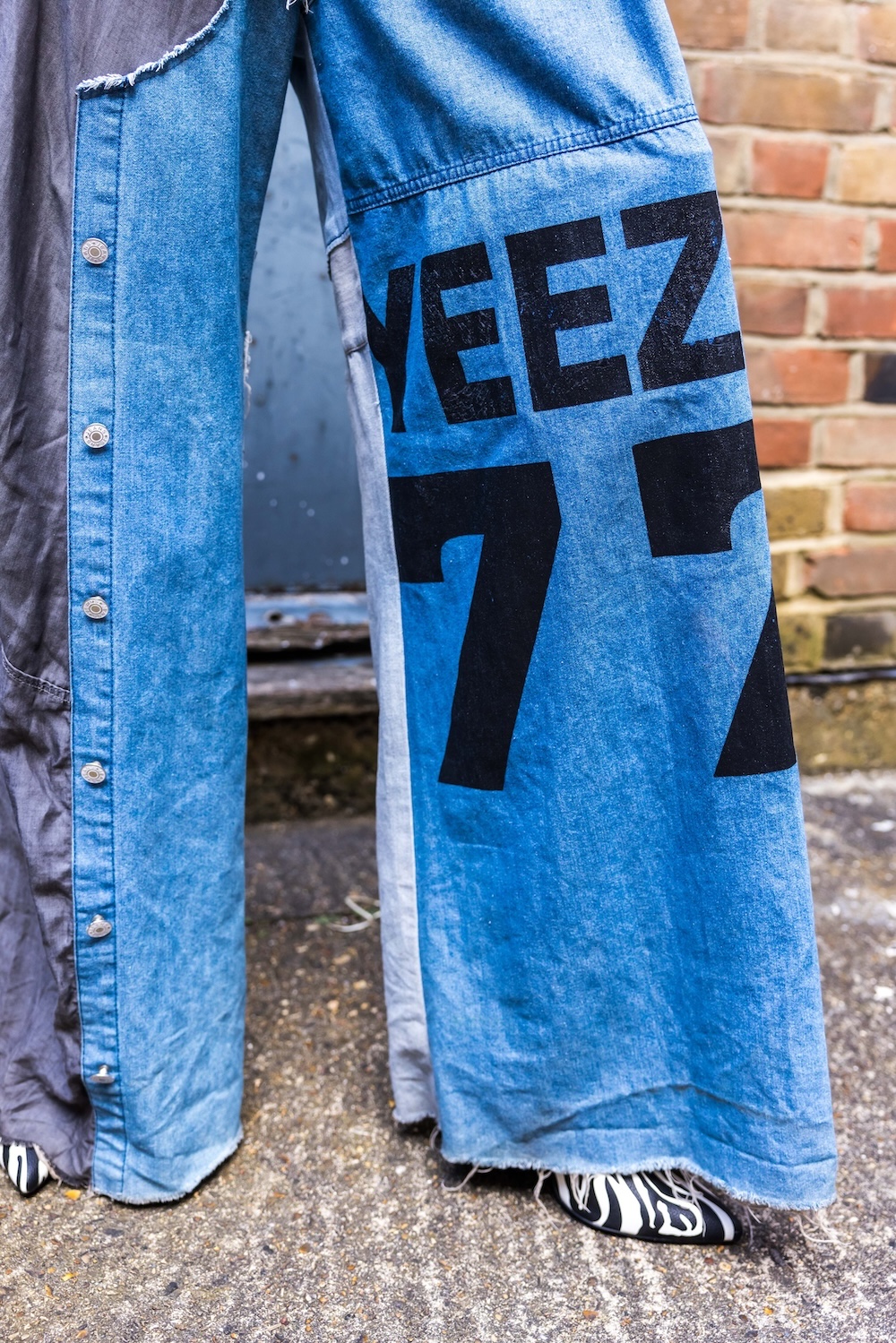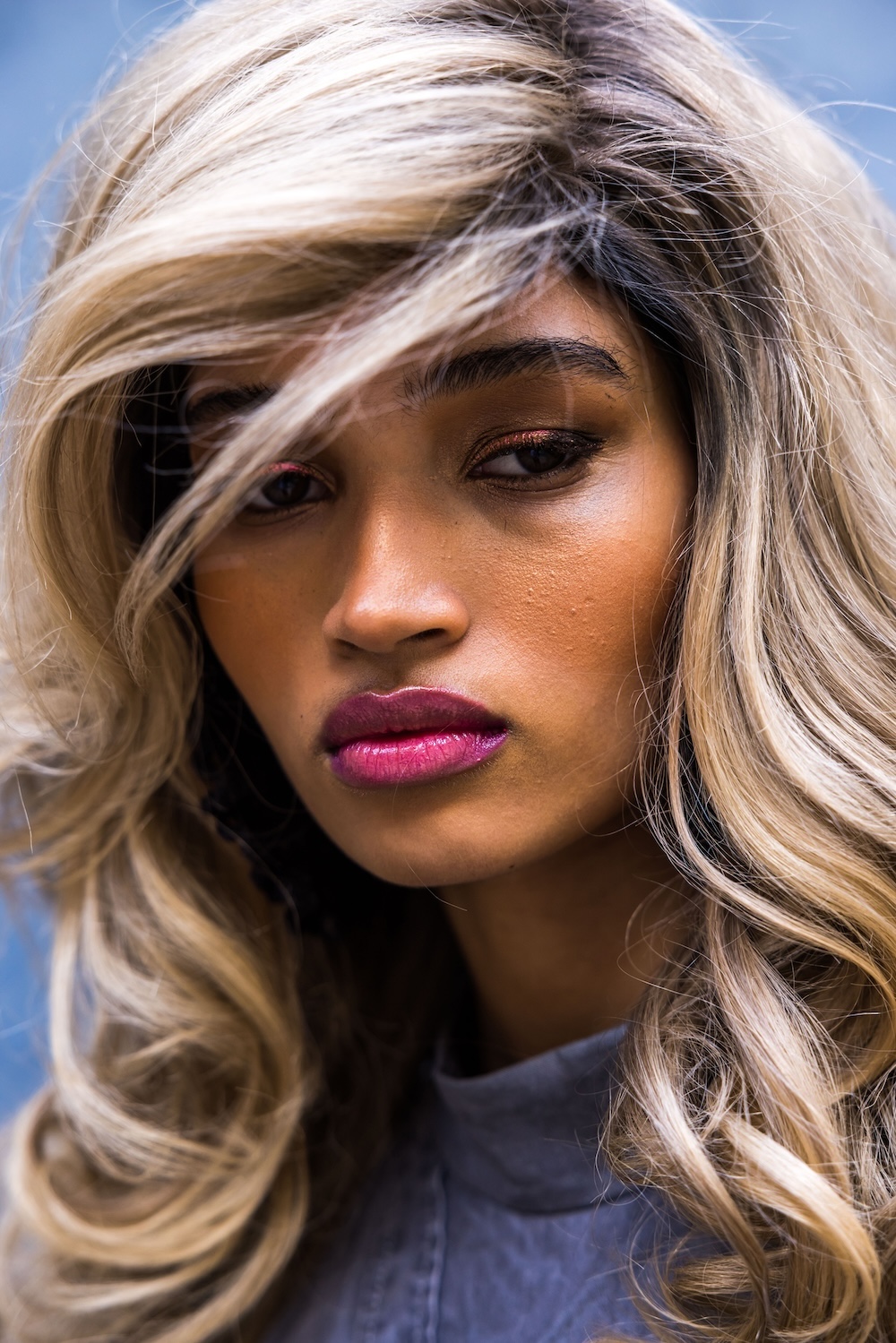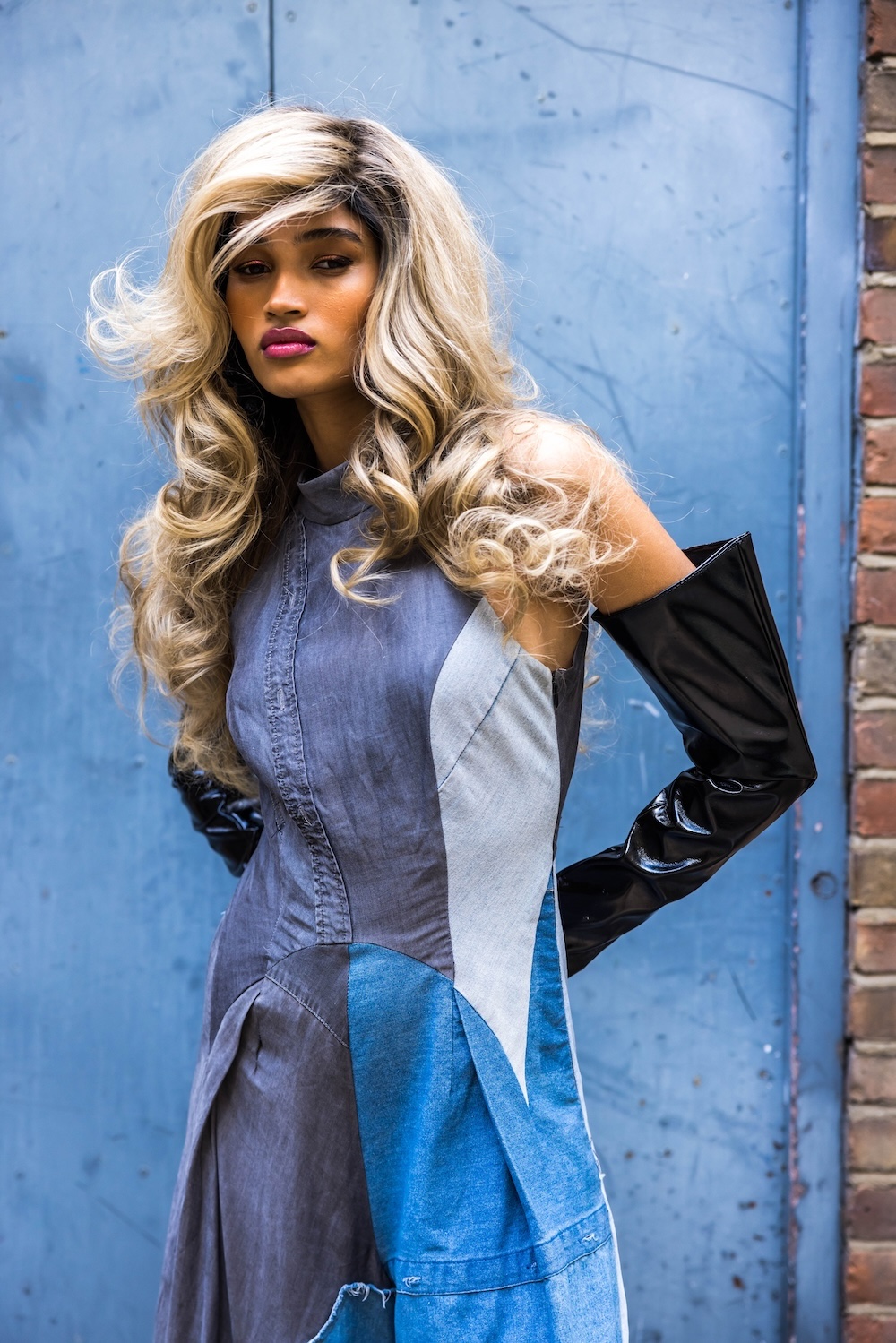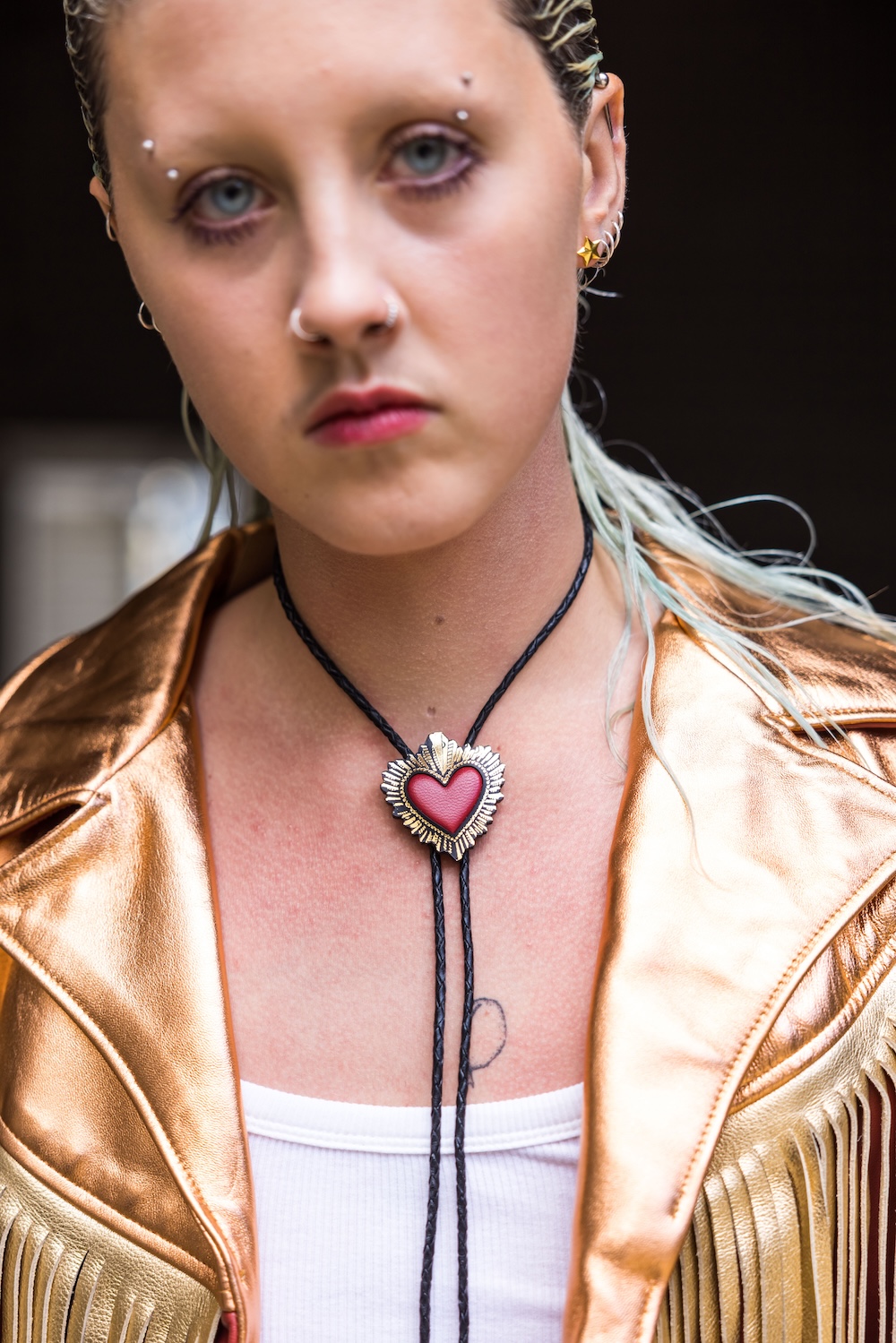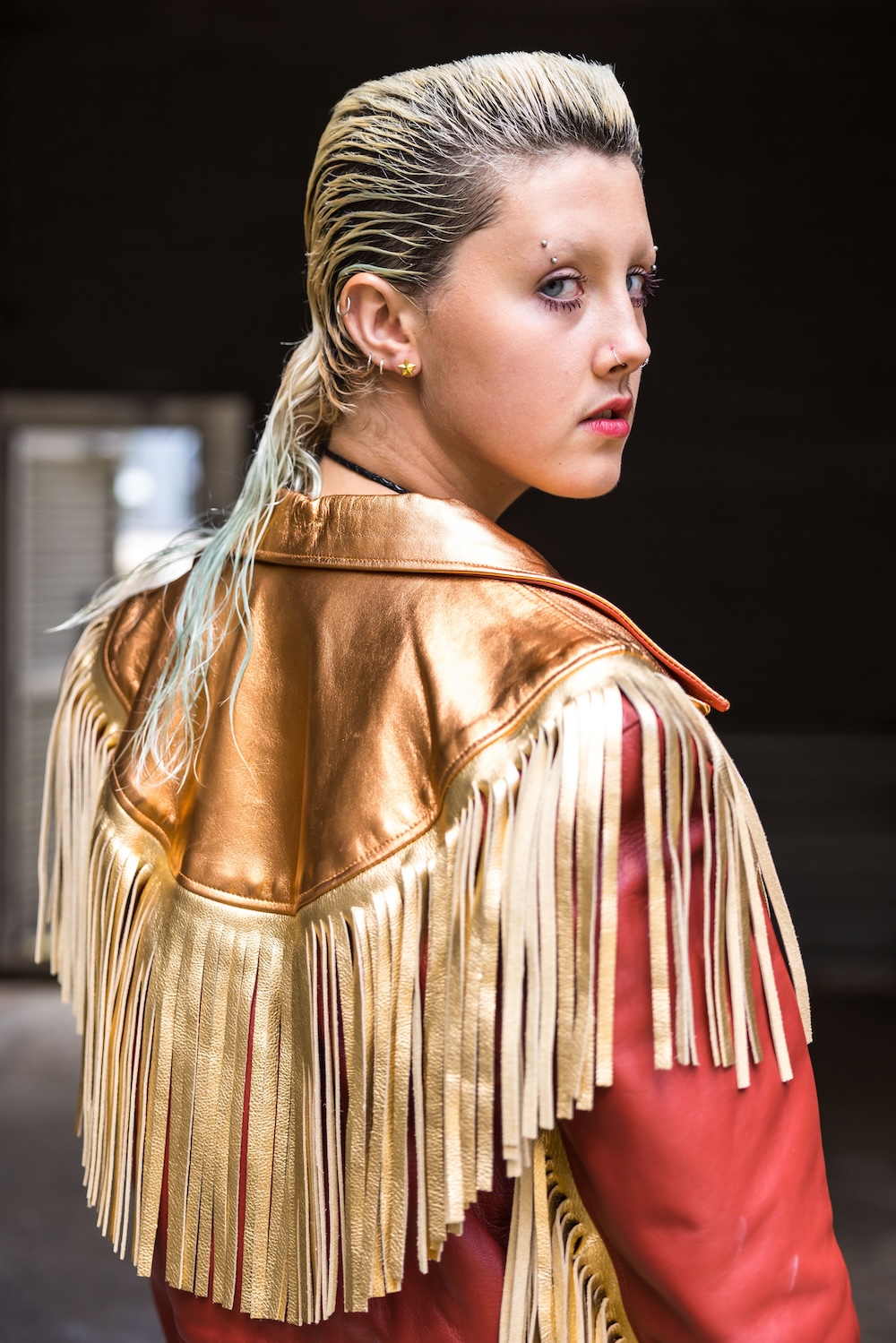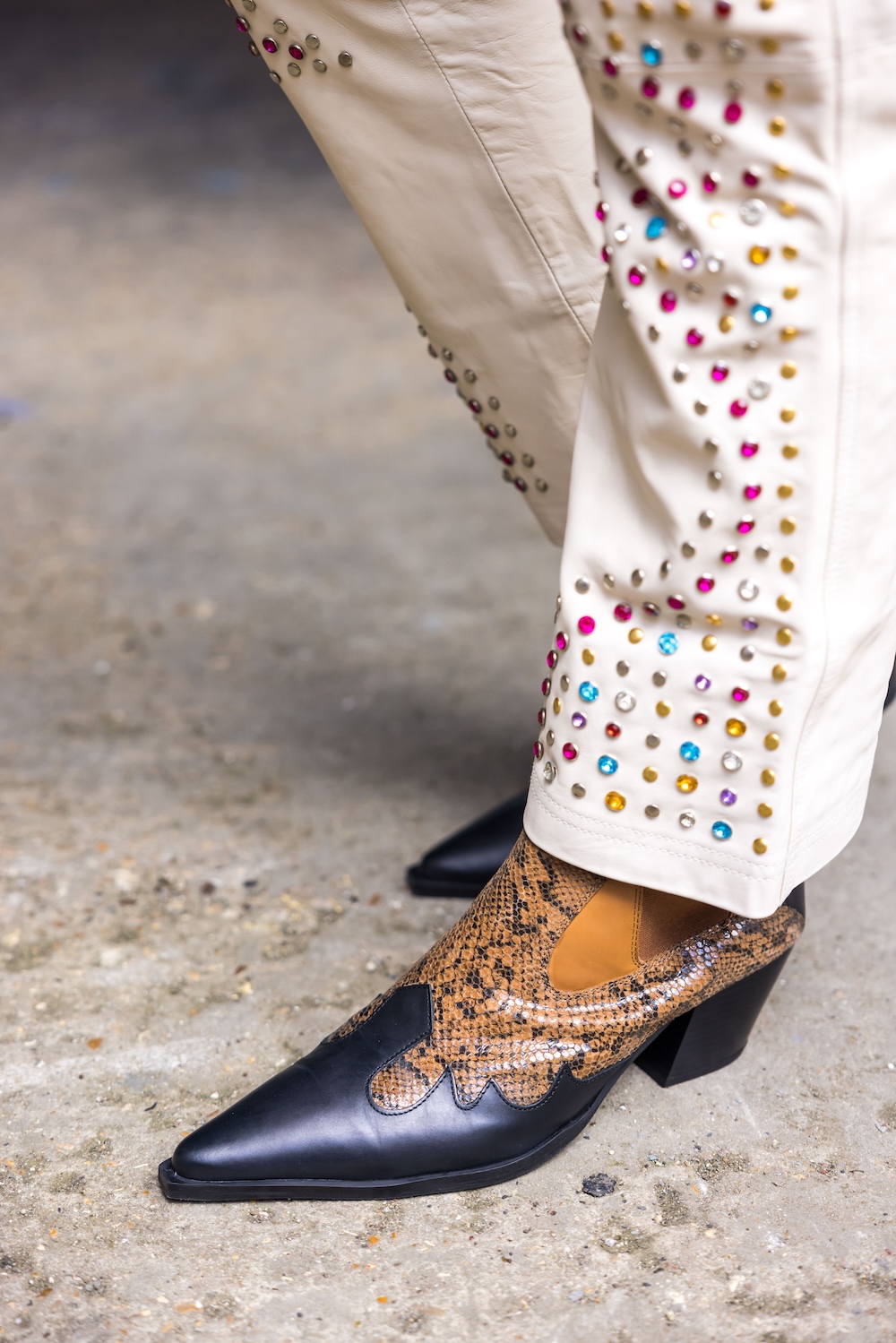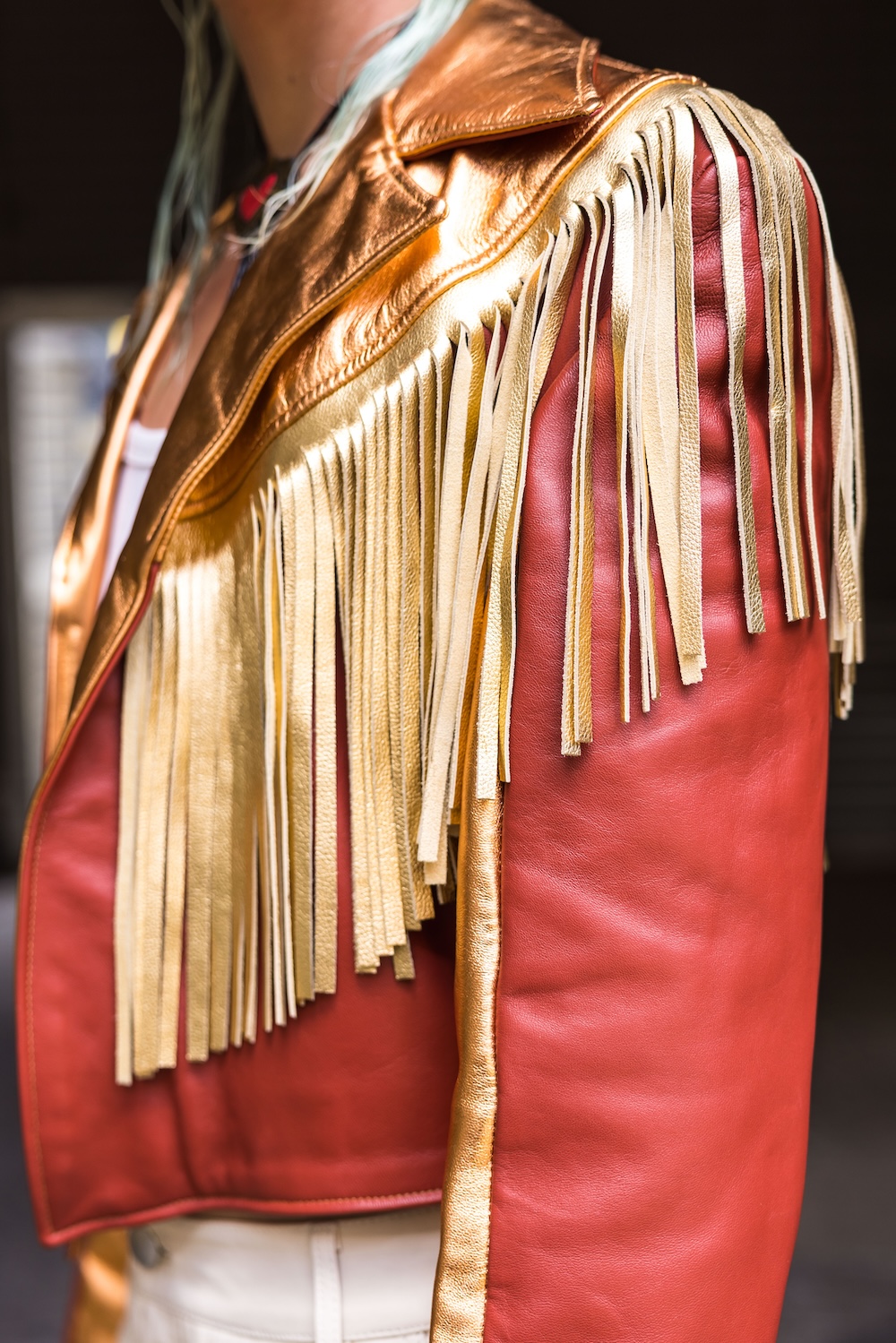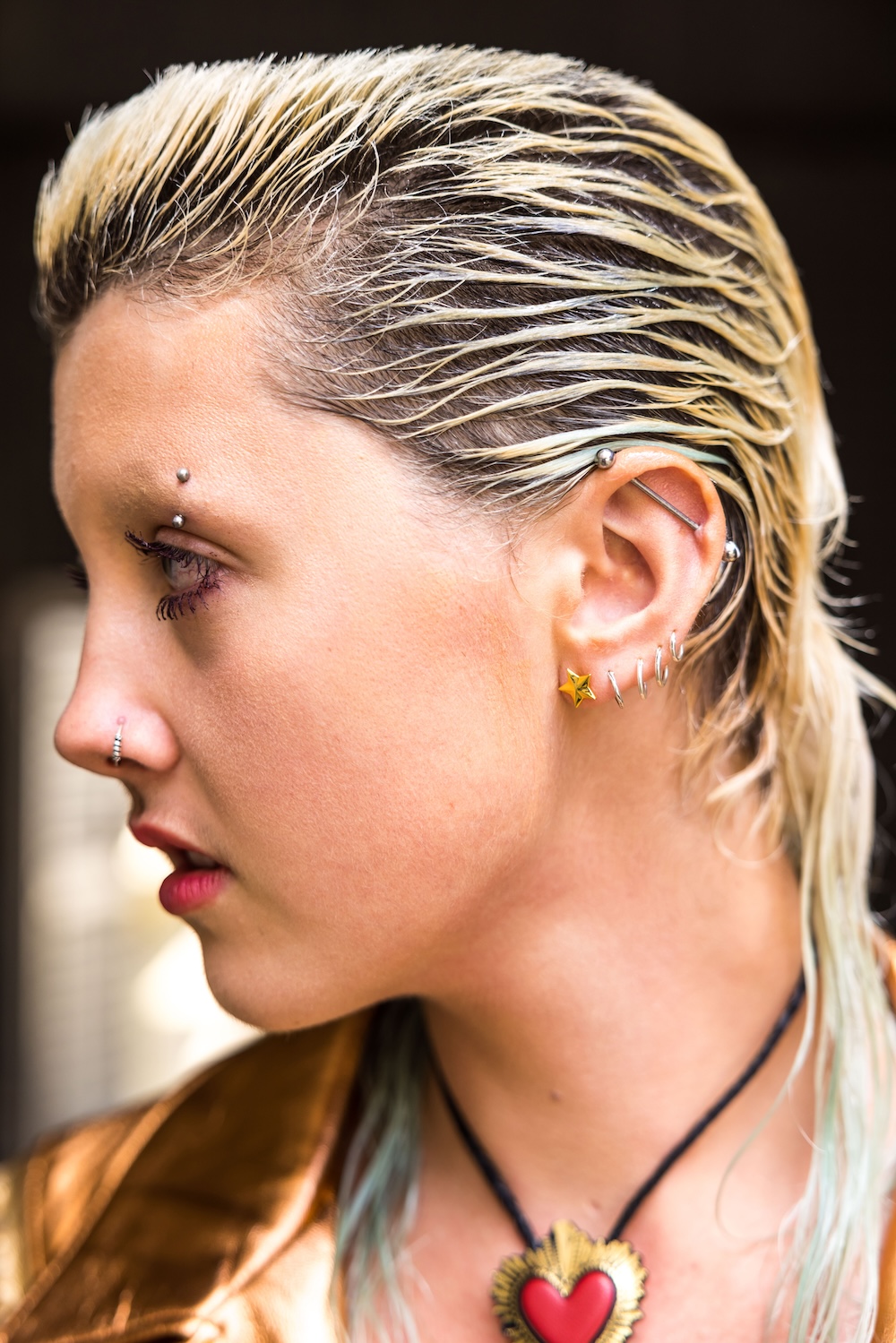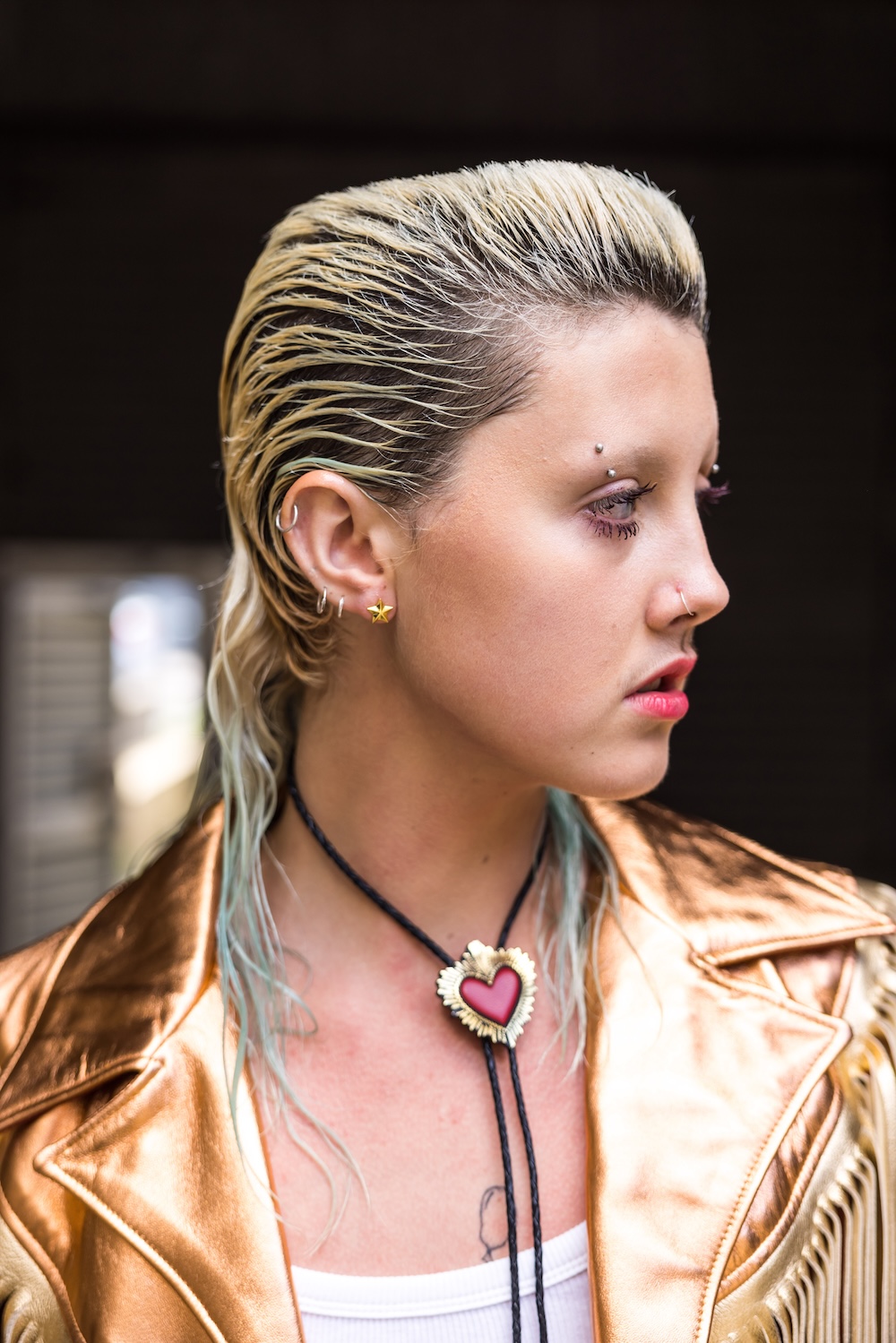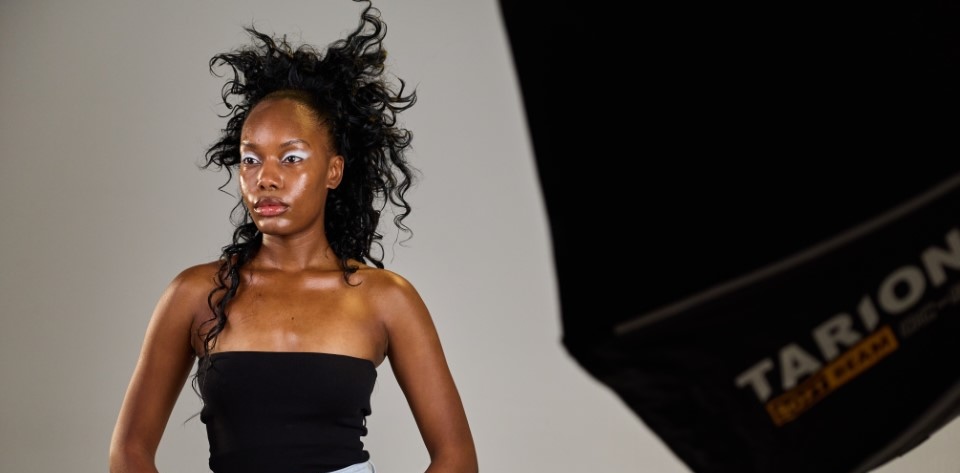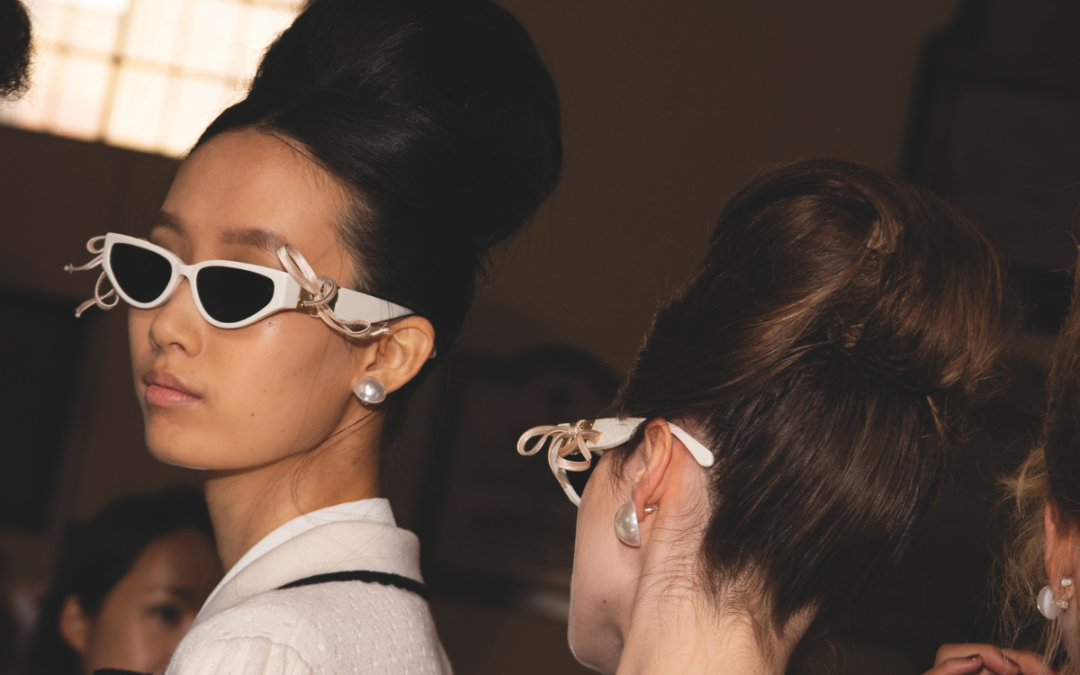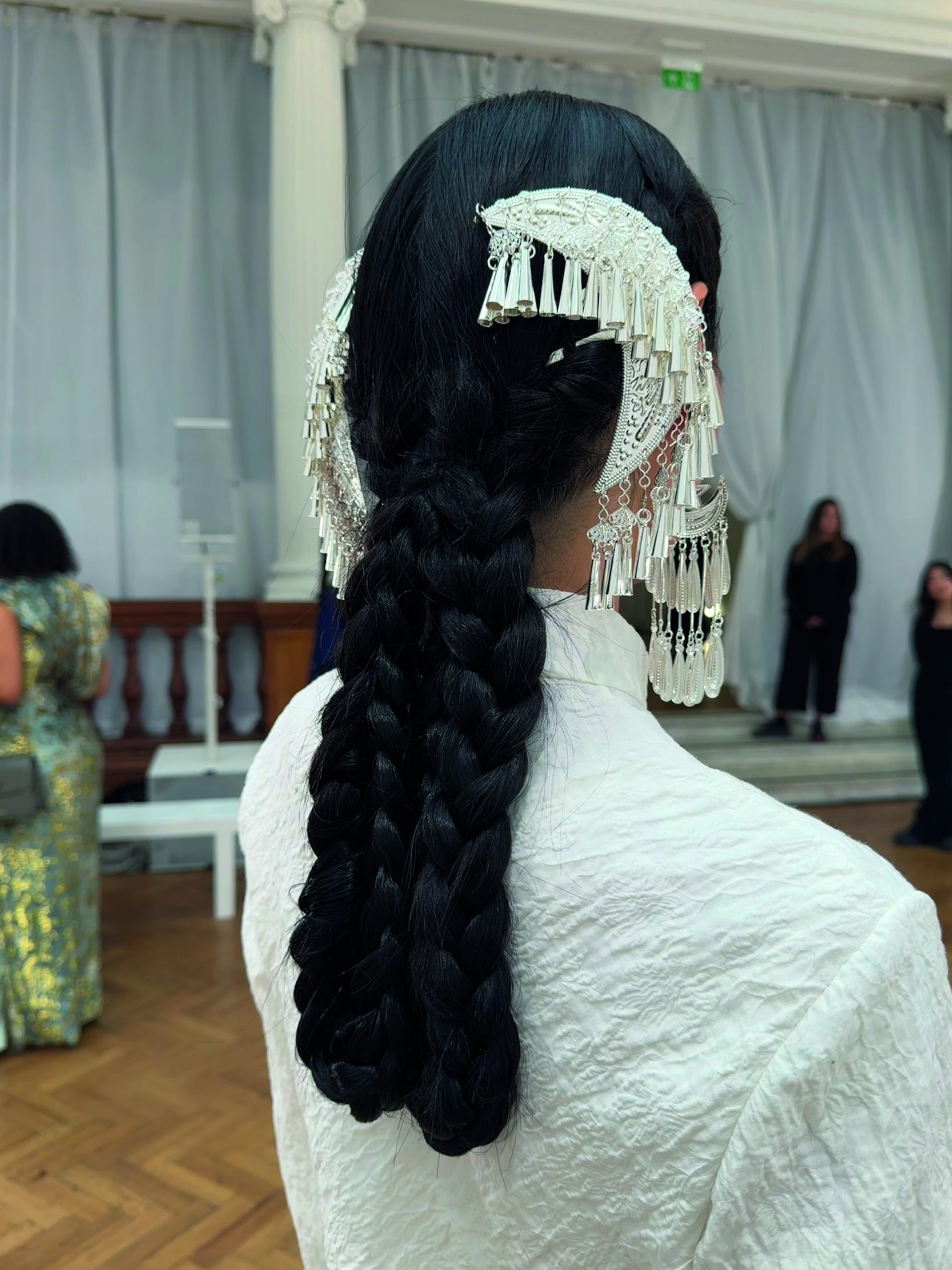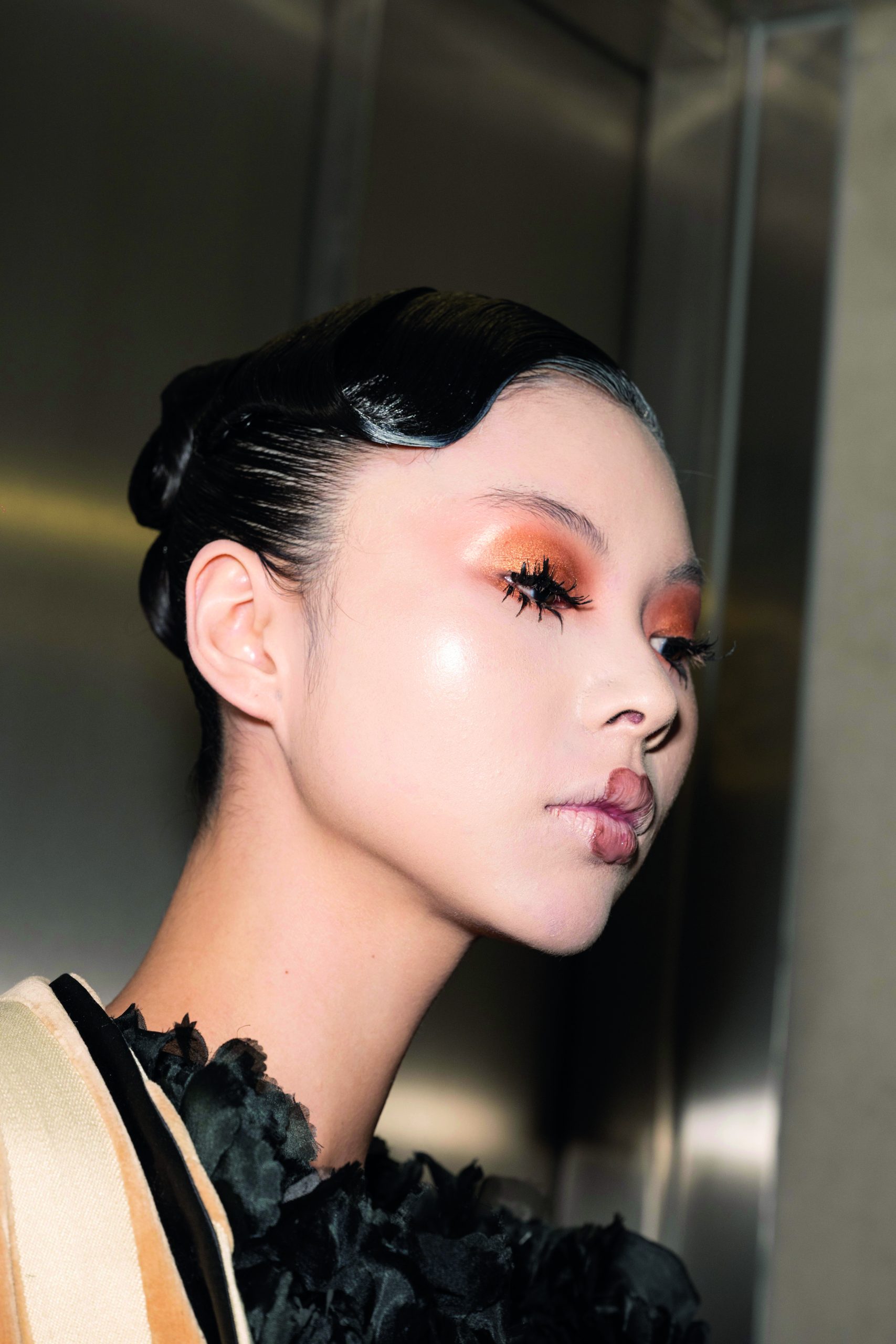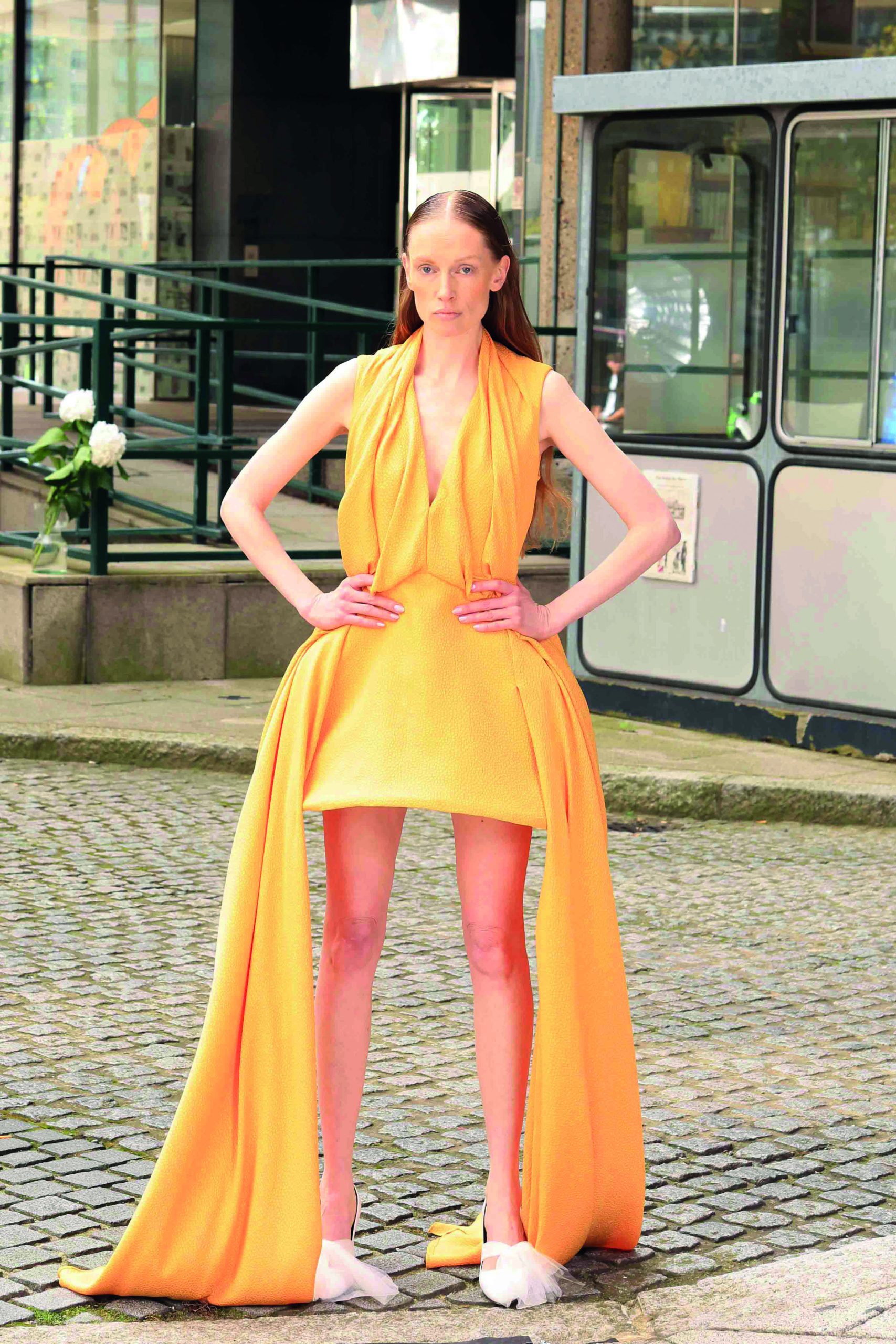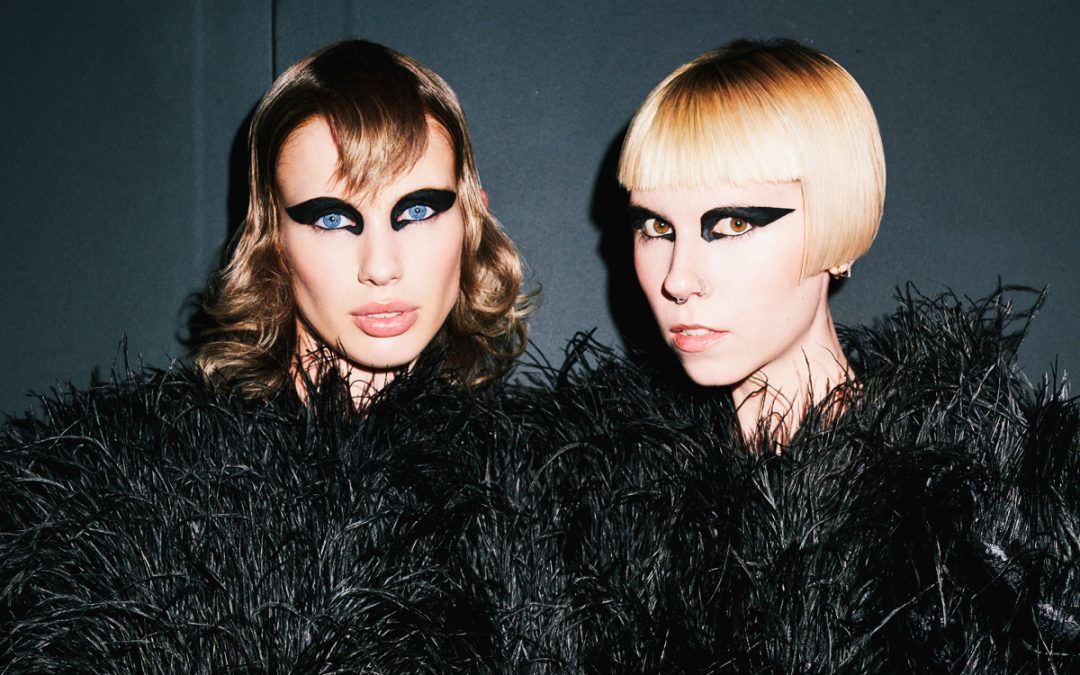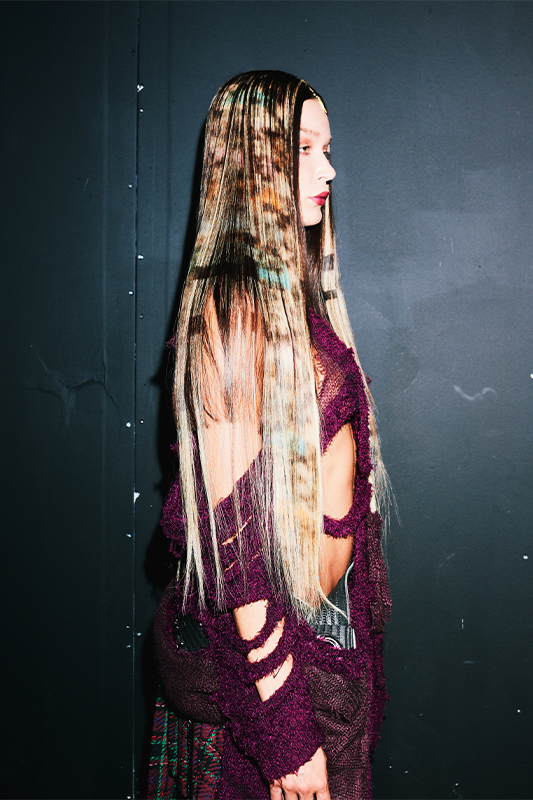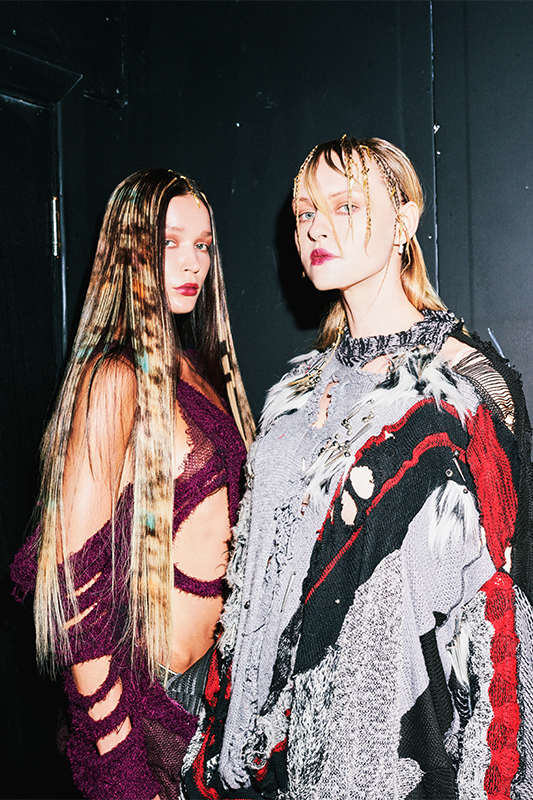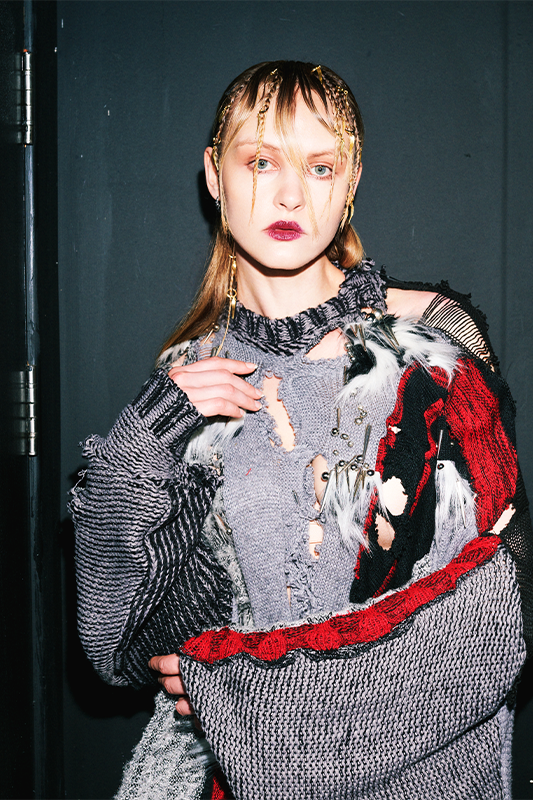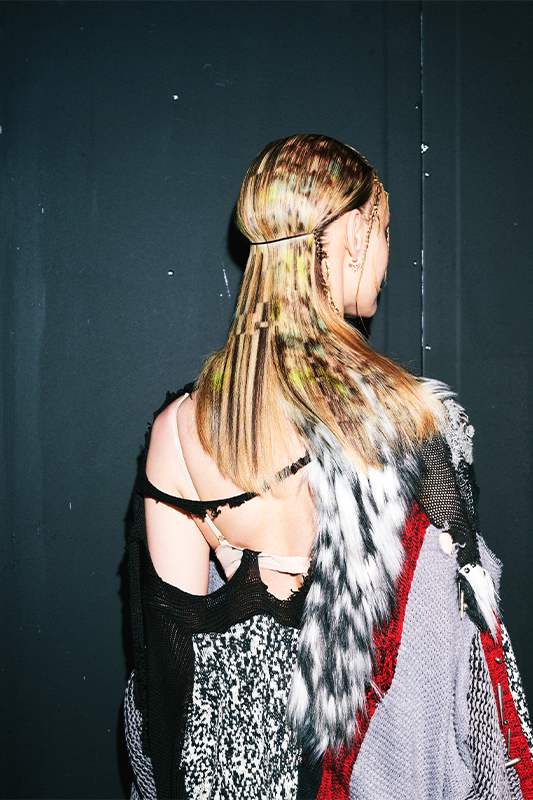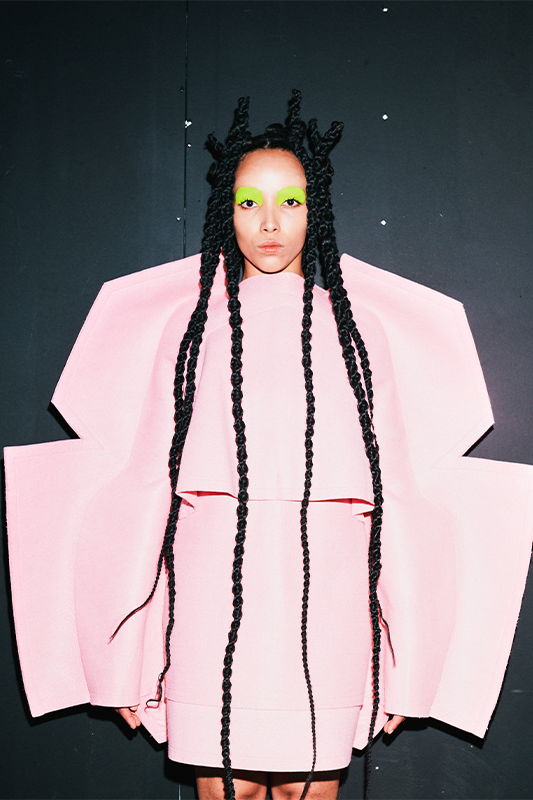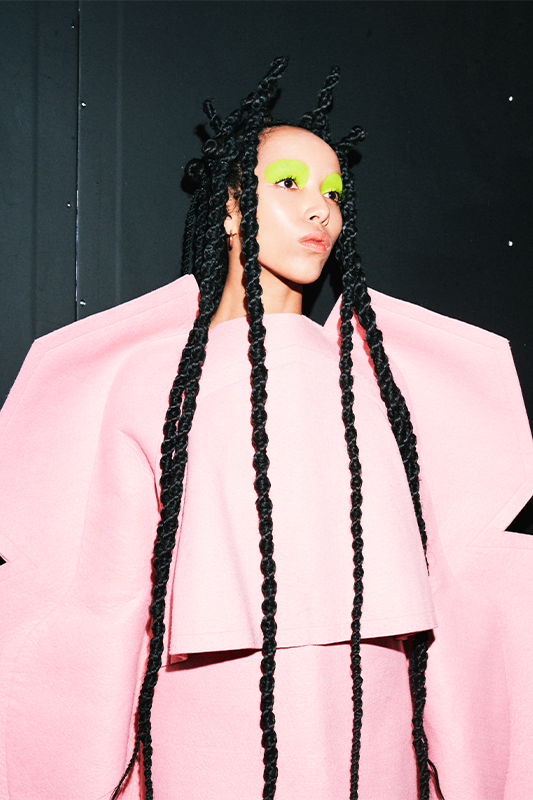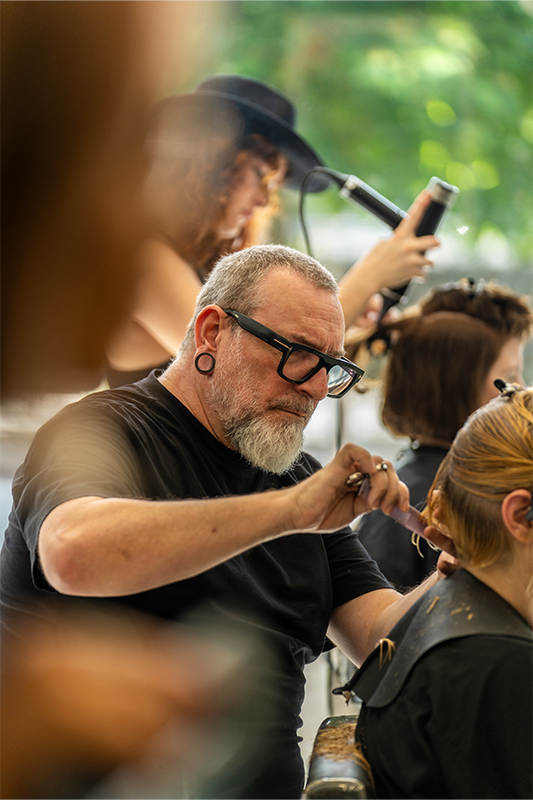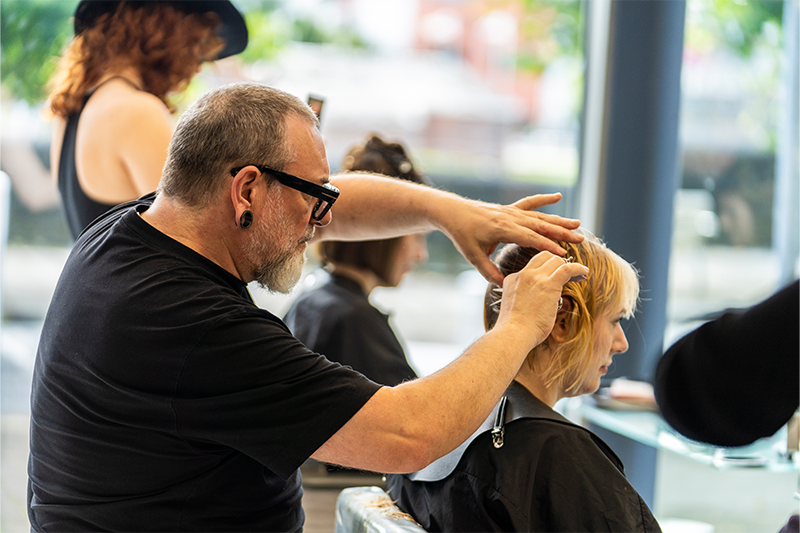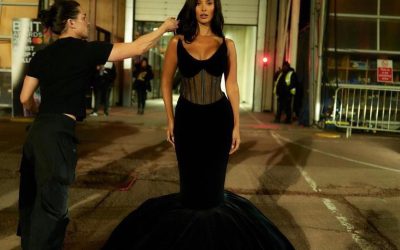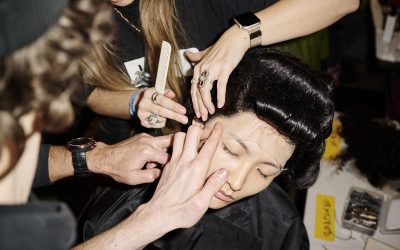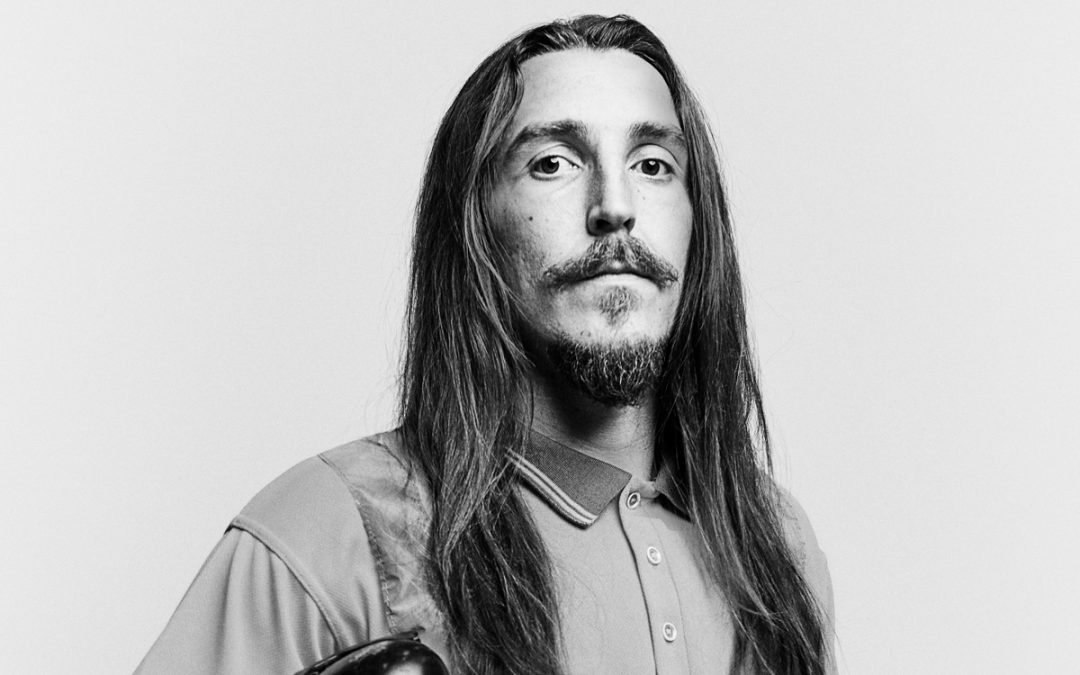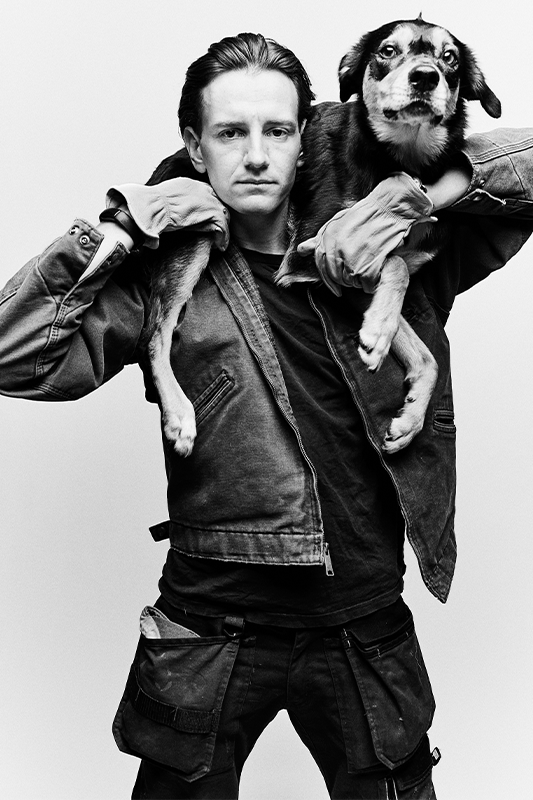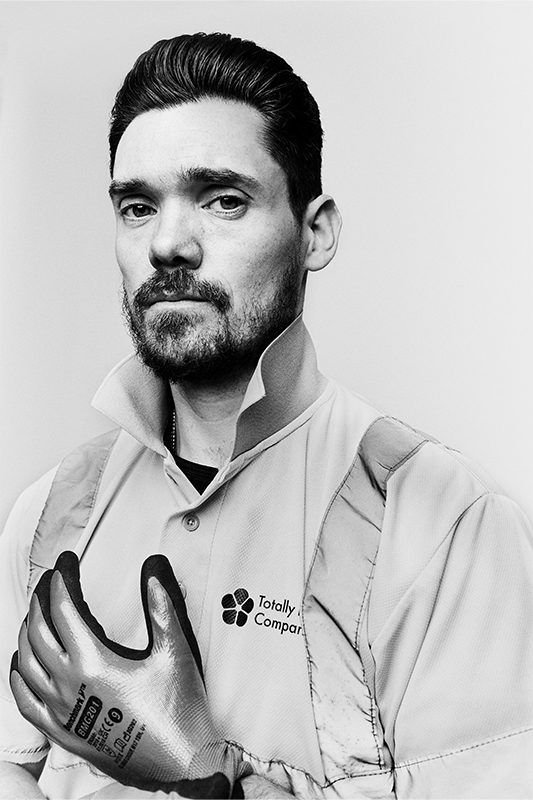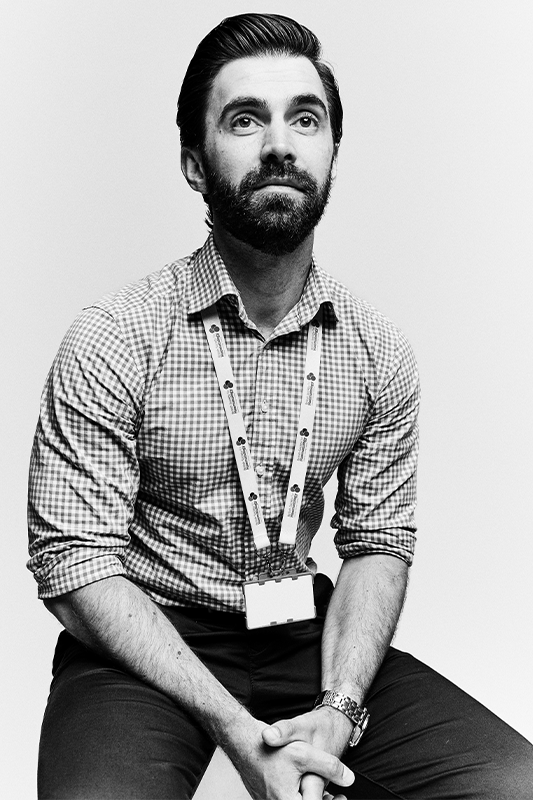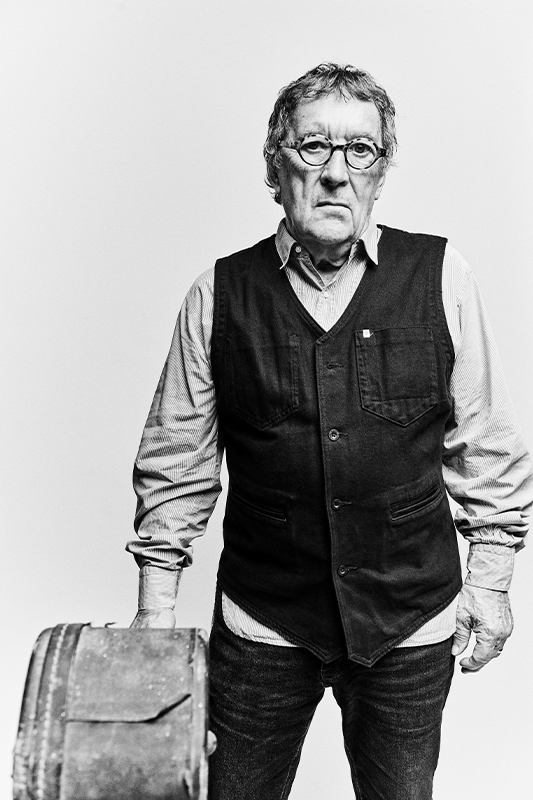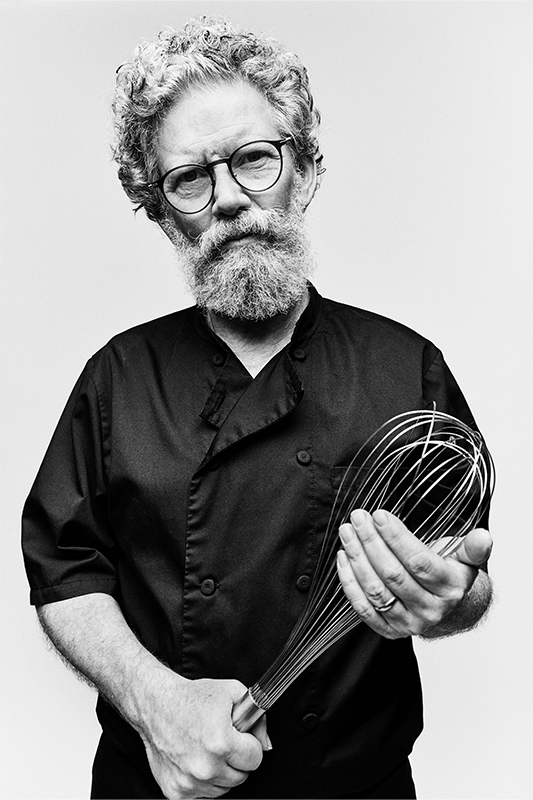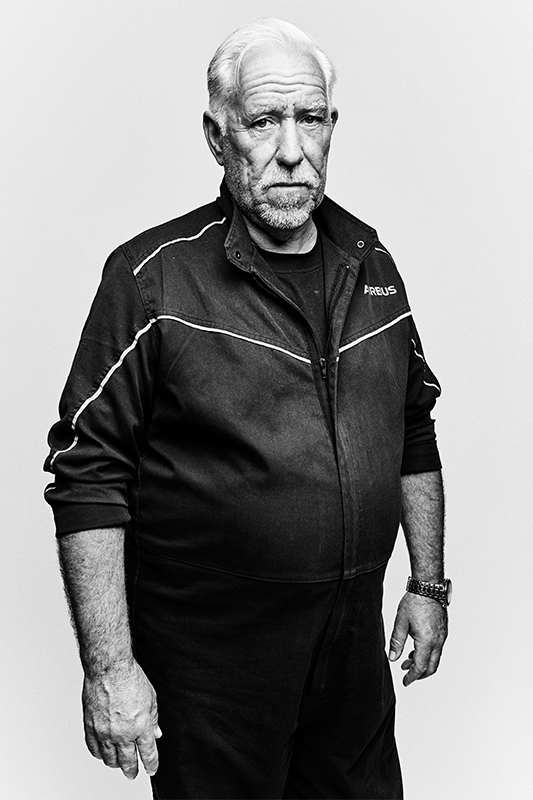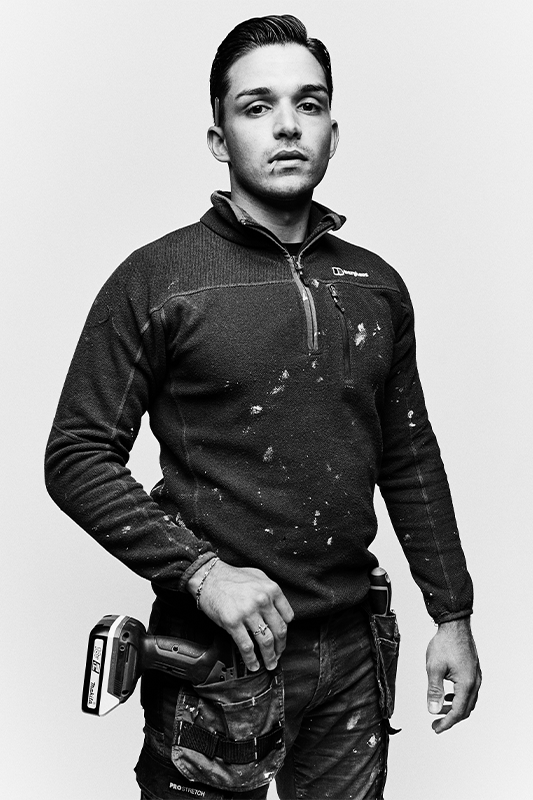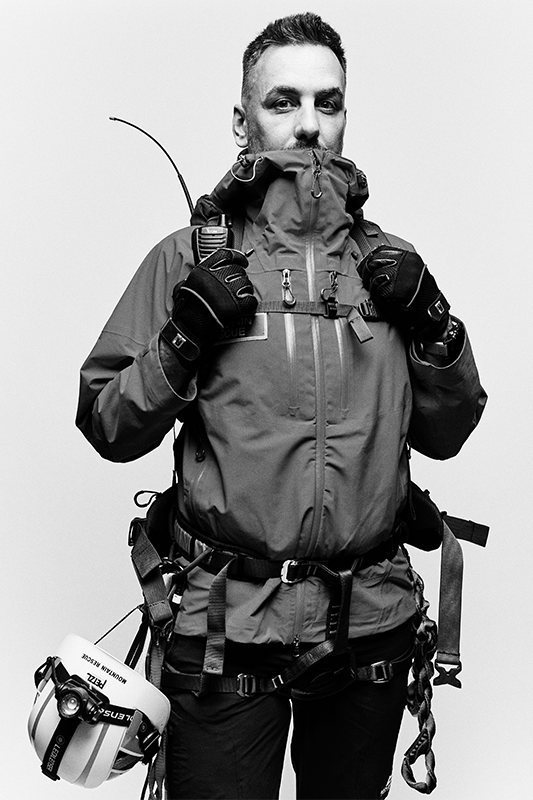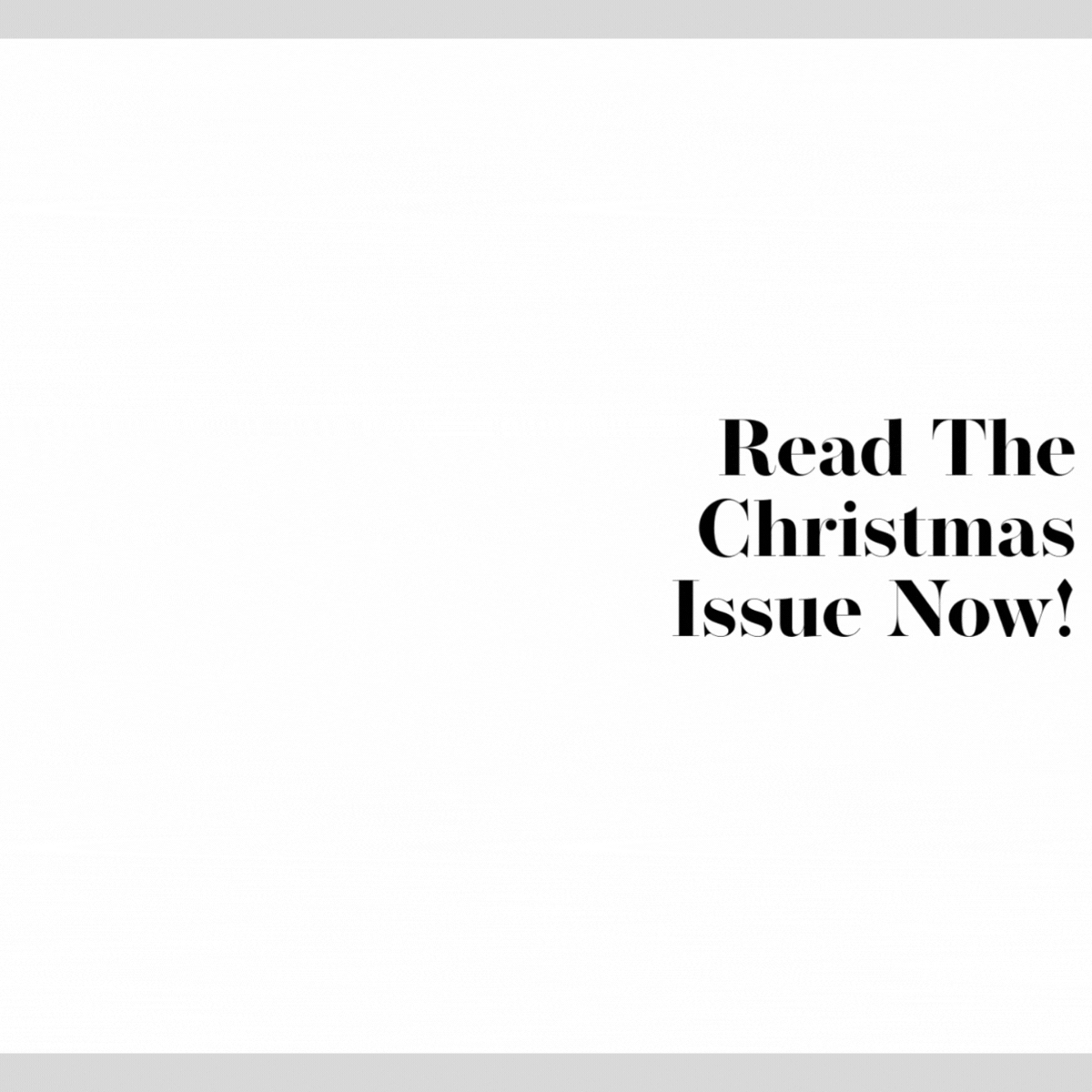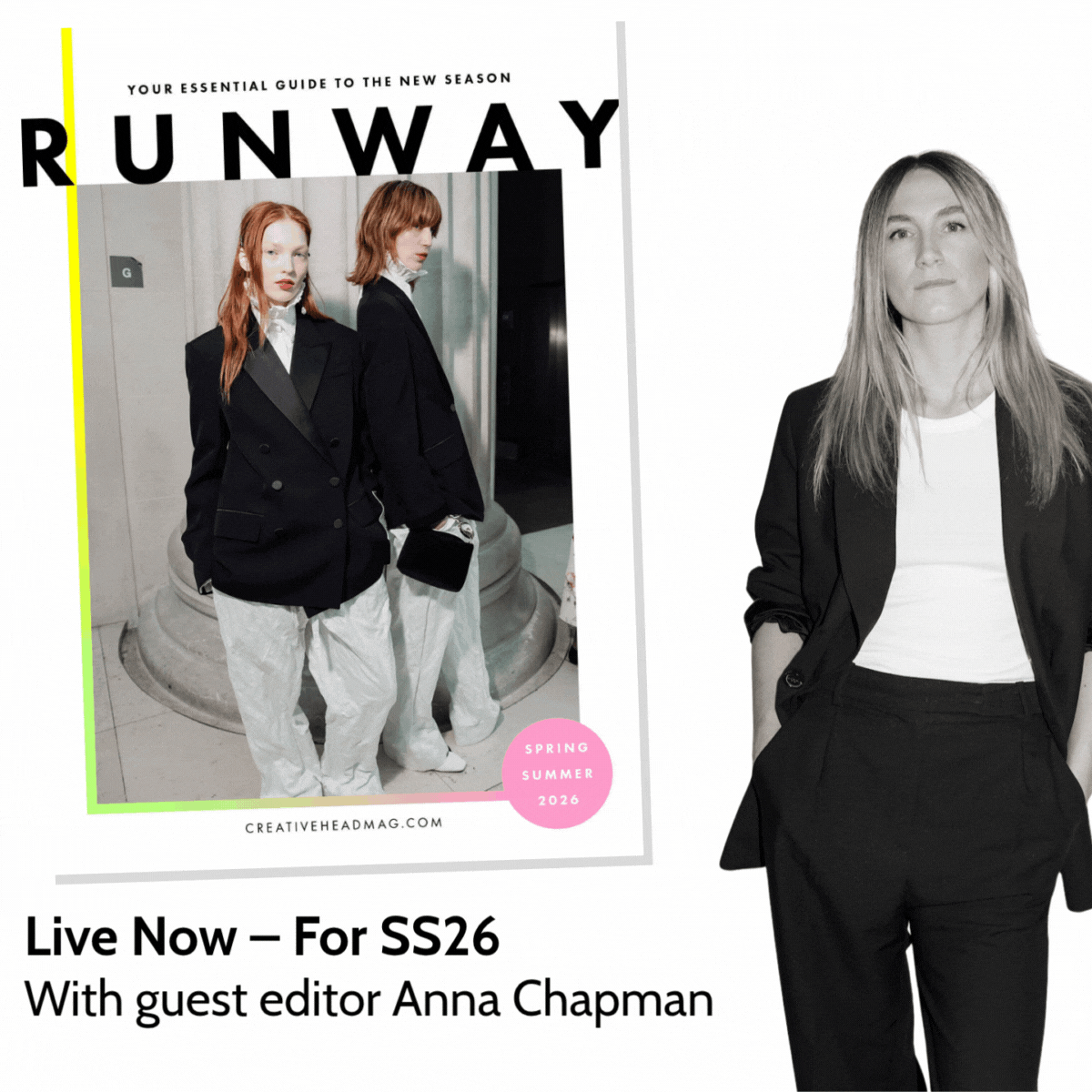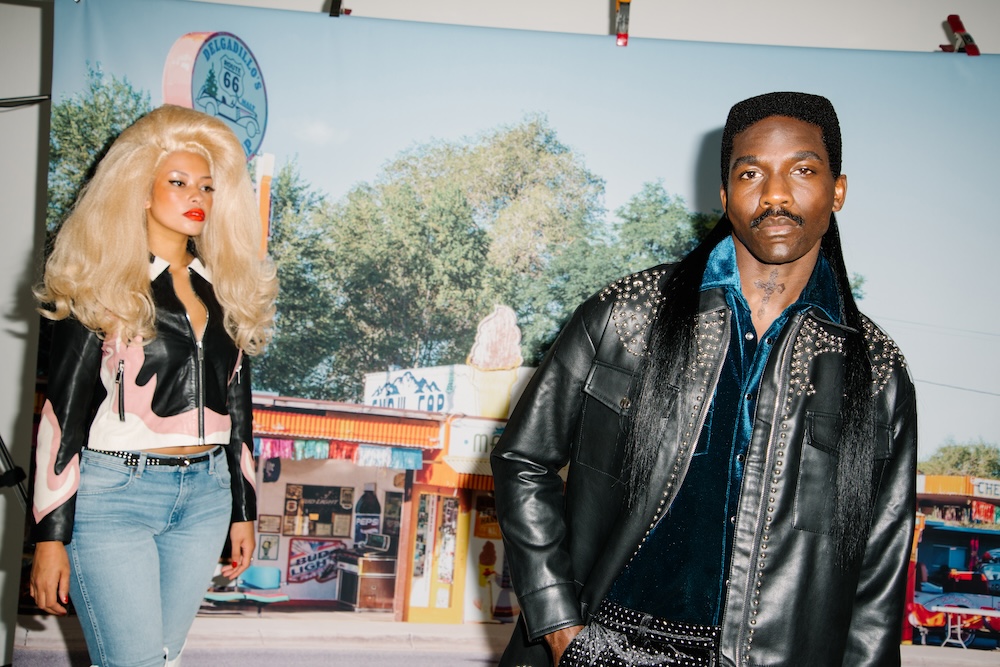
The New Frontier

From Pharrell Williams at Louis Vuitton Men to Beyoncé’s Cowboy Carter, the modern take on all things cowboy is a far cry from the traditional Stetson-toting symbol of the wild west. Think of the Compton Cowboys, astride their steeds in urban Los Angeles. Cowboy Core is diverse, inclusive and rewriting the trad image of what we knew.
by AMANDA | DOCUMENTS
As BaByliss PRO unveils its latest styling innovation STILISTA, it partnered with Creative HEAD to challenge ambassadors Michelle Sultan and Tariq Howes to deliver a uniquely personal take on what ‘modern cowboy’ means to them. With the entire BaByliss PRO tool portfolio at their fingertips, they took a fresh journey through the American West. It’s time to saddle up and explore…


Tariq Howes
The 2024 Most Wanted Men’s Hair Specialist, Tariq is an integral part of Jody Taylor’s session team (alongside Nick Barford, Tariq’s team mate on this shoot), sharing his textured hair expertise for labels such as Vetements. Long-time collaborator with Tariq, Lauraine Bailey, was also on set as a master of intricate braiding. Tariq is also the founder of Avenue Barbers in Cardiff, a popular educator and platform artist and a longtime ambassador for BaByliss PRO – those clippers barely leave his hand!
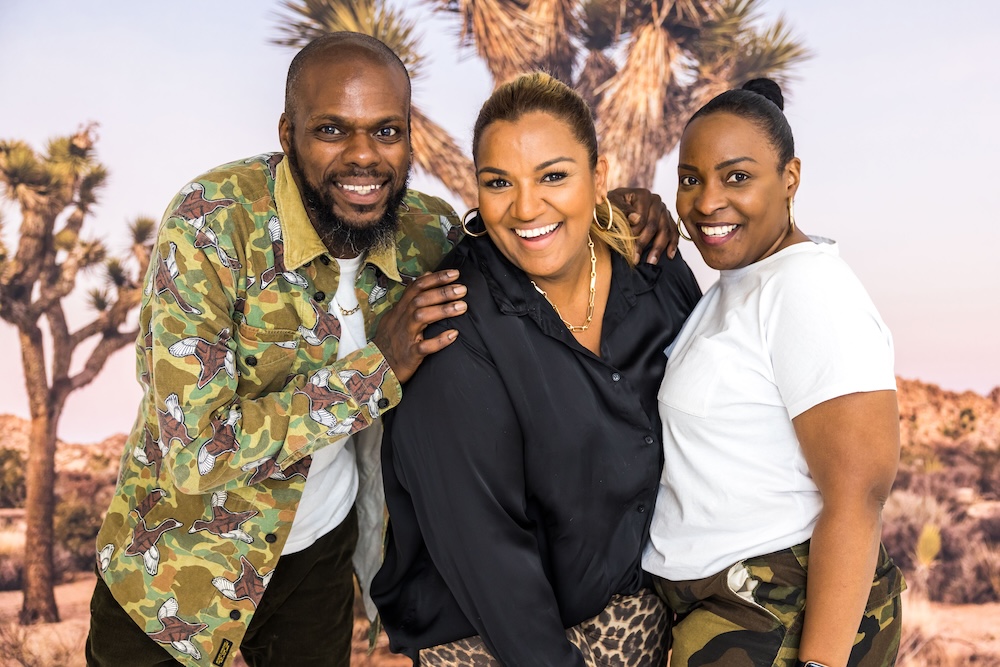
Michelle Sultan
Celebrity stylist beloved by the likes of Alison Hammond and Alex Scott, Michelle is known for her effervescent aesthetic and exceptional creativity on hair of all textures. When she’s not on set or in the studio, you can find her at Battersea’s legendary Hype Coiffure (along with team mates Deen and Schola, pictured) and working on projects for BaByliss PRO as an ambassador.


Well, hello, Dolly! Michelle couldn’t style up a cowboy-inspired shoot and not invite Ms Parton out to play with one of the largest wigs we’ve ever seen. “We’ve made it Dolly and put texture and movement into it, so it’s not straight blonde,” explains Michelle, “and it’s heavy, almost like it’s been roller set for about 10 years…”.
Toolkit: BaByliss PRO Heated Ceramic Rollers.
Michelle loves to create a character building, so welcome her urban cowgirl. “She’s fearless. She’s carefree,” says Michelle. “She lives in a hot climate in Arizona. The hair is slightly sun-kissed. She’s strong, a warrior. That’s the vibe. She’s my queen!”.
Toolkit: The BaByliss PRO Falco Dryer and the pik attachment, to prep the hair, stretch it out and braid it down. Then, pre-formed faux locks were added, crocheting them for a high pile on top.


“The Billy Ray Cyrus look gives me trailer park vibes, with the mullet, the flat top and the slicked back sides. I wanted to give a textured hair version of that,” explains Tariq. “It’s a square flat top with extensions at the back to make the hair really elongated. It’s super cool.” Shout out to Lauraine Bailey who painstakingly weaved in those lengths over hours…
Toolkit: BaByliss PRO Falco Dryer, BaByliss PRO STILISTA (to smooth out ahead of weaving in the extensions) and the BaByliss PRO FX ONE Lo-Pro Clipper and Skeleton Trimmer, to shape the flat top.
Now, let’s get a little more soulful. Think Rick James along with Coming to America’s Darryl Jenks. “Think Soul Glow, soaking wet curls at the back,” smiles Tariq. “Also, a bit of Lionel Richie. That’s the vibe we’re going to go for…
Toolkit: The BaByliss PRO Falco Dryer and pik, to pull out a little more on top.


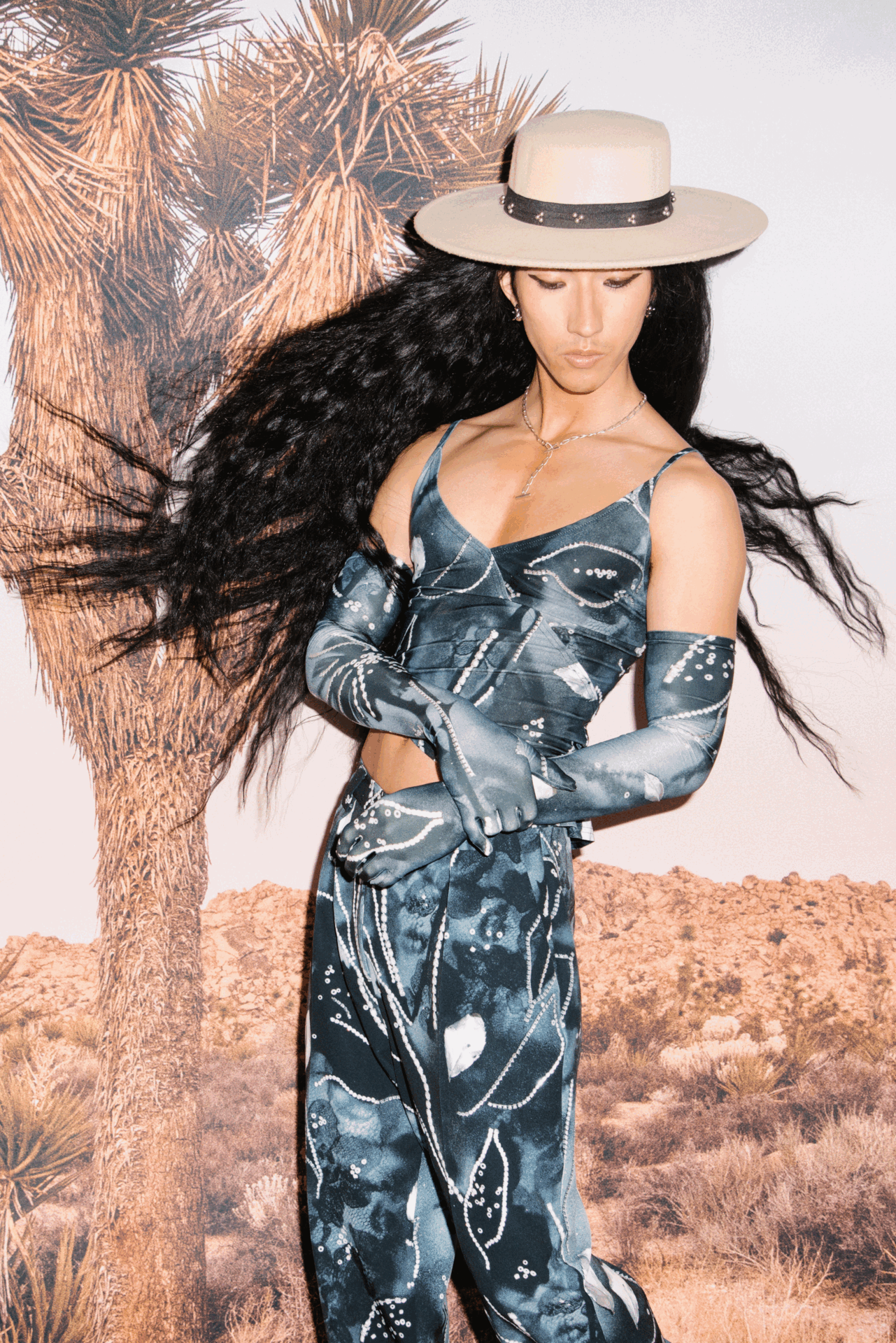
With those lengths Michelle delivers a nod to Beyoncé. “This is my Cowboy Carter – who doesn’t love that image of the hair and the cowboy hat?” she asks.
Toolkit: BaByliss PRO STILISTA for wrapping in a little texture.
And with such a canvas, it would be a crime not to get a little playful – Michelle hit up the fashion team to borrow some accessories to embellish those lengths and plaits. “We just wanted to get some texture in there, just as if they live in the desert and they just braid their hair.”
Toolkit: BaByliss PRO STILISTA smoothed and straightened the roots and mid-lengths, leaving the ends with a raw finish, before some braids and accessories were added.



We’re hitting the 1950s with this Johnny Cash-meets-Elvis vibe. “I think those comb marks are iconic,” says Tariq. “They stand out. It brings out the hair as more of a feature in the final image.”
Toolkit: The BaByliss PRO FX ONE Lo-Pro Clipper was used to taper hair at the neck, before the BaByliss PRO Falco Dryer primed it all back into shape, ahead of slicking it back with pomade.
Then with a little more action at the front to fall into the face and a dryer finish, Johnny Cash just got cooler.
Toolkit: BaByliss PRO Falco Dryer in at the roots and to push back on the sides.


Michelle took inspiration from the model’s own Afro and just kept on going. “We wanted to build on that, using lots of textured pieces, making it huge!”
Toolkit: BaByliss PRO Falco Dryer and diffuser (to build in movement with plenty of hairspray), with the pik (to pull it out a little bit in places).
Next up, this is giving Beyonce-meets-Dolly Parton-meets Jolene. It’s blonde with dirty roots, she’s that sexy cowgirl. “It’s kind of old school but making it modern – a little bit trashy, almost,” smiles Michelle.
Toolkit: BaByliss PRO Heated Ceramic Rollers to get that smoothness.


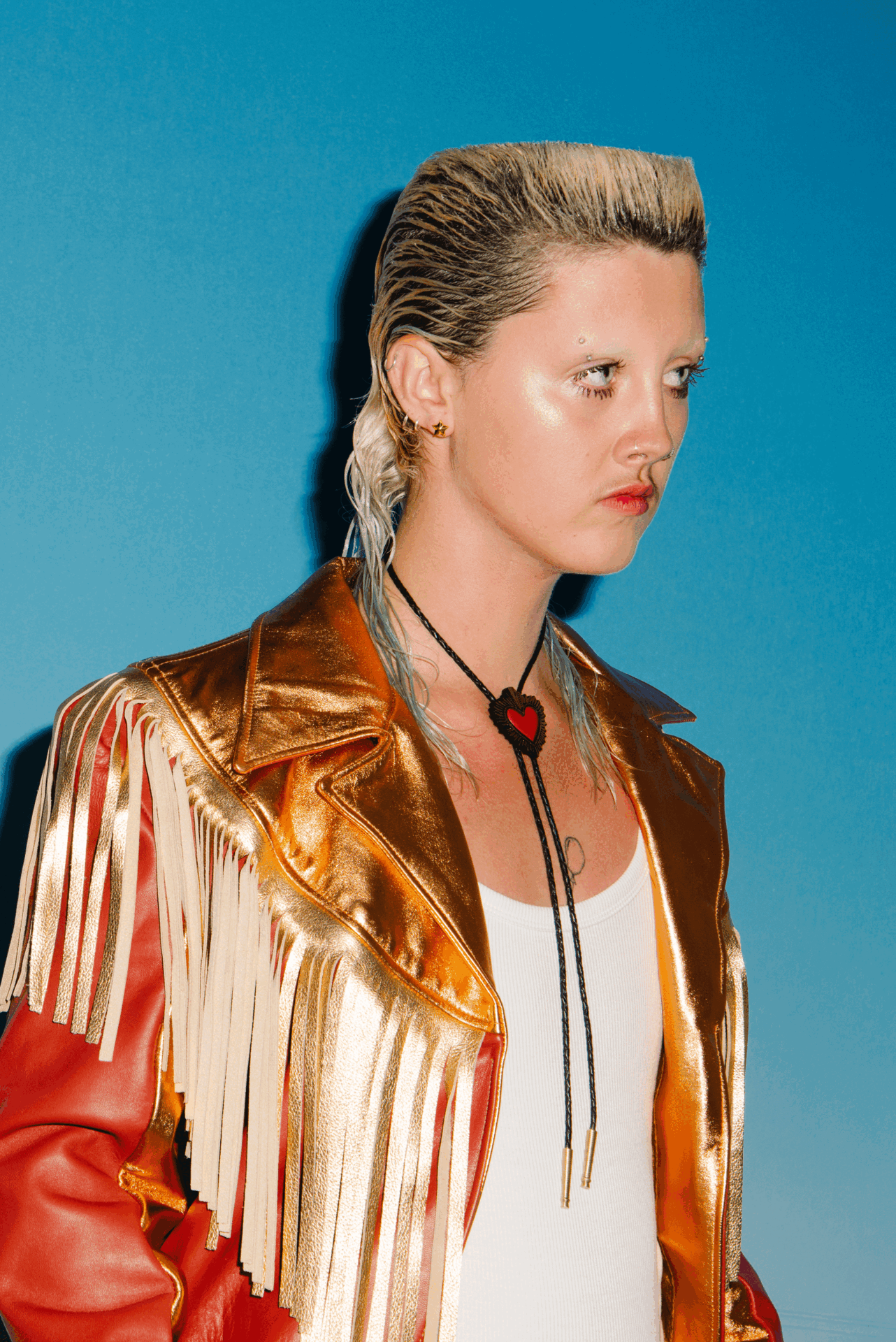
We’re back to Billy Ray Cyrus, whose mullet was cut quite square, quite high on top. Not this time – Tariq wanted more of a true flat top
Toolkit: BaByliss PRO FX ONE Lo-Pro Clipper to cut a guideline for the middle, and then clipper over comb to create a true flat top. The BaByliss PRO Falco Dryer helped to push back the sides and set the gel.
Now to more of a modern flat top, shaved-in tight at the side to make it more square, more extreme.
Toolkit: BaByliss PRO FX ONE Lo-Pro Clipper.
Discover more about the new BaByliss PRO STILISTA
A Creative HEAD shoot in partnership with BaByliss PRO
HAIR: Tariq Howes, assisted by Lauraine Bailey and Nick Barford; Michelle Sultan, assisted by Deen Fashola and Schola Rose, for BaByliss PRO
PORTRAIT PHOTOGRAPHY: Bob Foster (A&R CREATIVE), assisted by Luke Weller
PRODUCER: Joanna Kidd (Creative HEAD)
FASHION: Twinks Burnett, assisted by Rosie Devine
MAKE-UP: Tricia Woolston using Pat McGrath, assisted by Megan Goram
EDITORIAL: Amanda Nottage (Creative HEAD)
SOCIAL MEDIA: Kelsey Dring and Aofie Connell (Creative HEAD), assisted by Harry Dotters
BTS PHOTOGRAPHY: Harvey Williams-Fairley
VIDEOGRAPHY: Charlie Guy-Wilson and Ben Cooke (Clockwise.Film)
MODELS: Alan Bea; Olivia Belgrave-Ruse (The Milk Collective); Ryan Brown; She-Lan Duane (W MGMT); Robbie Jr; Skye Metrowich (Zone Models)
SHOT AT: Street Studios

